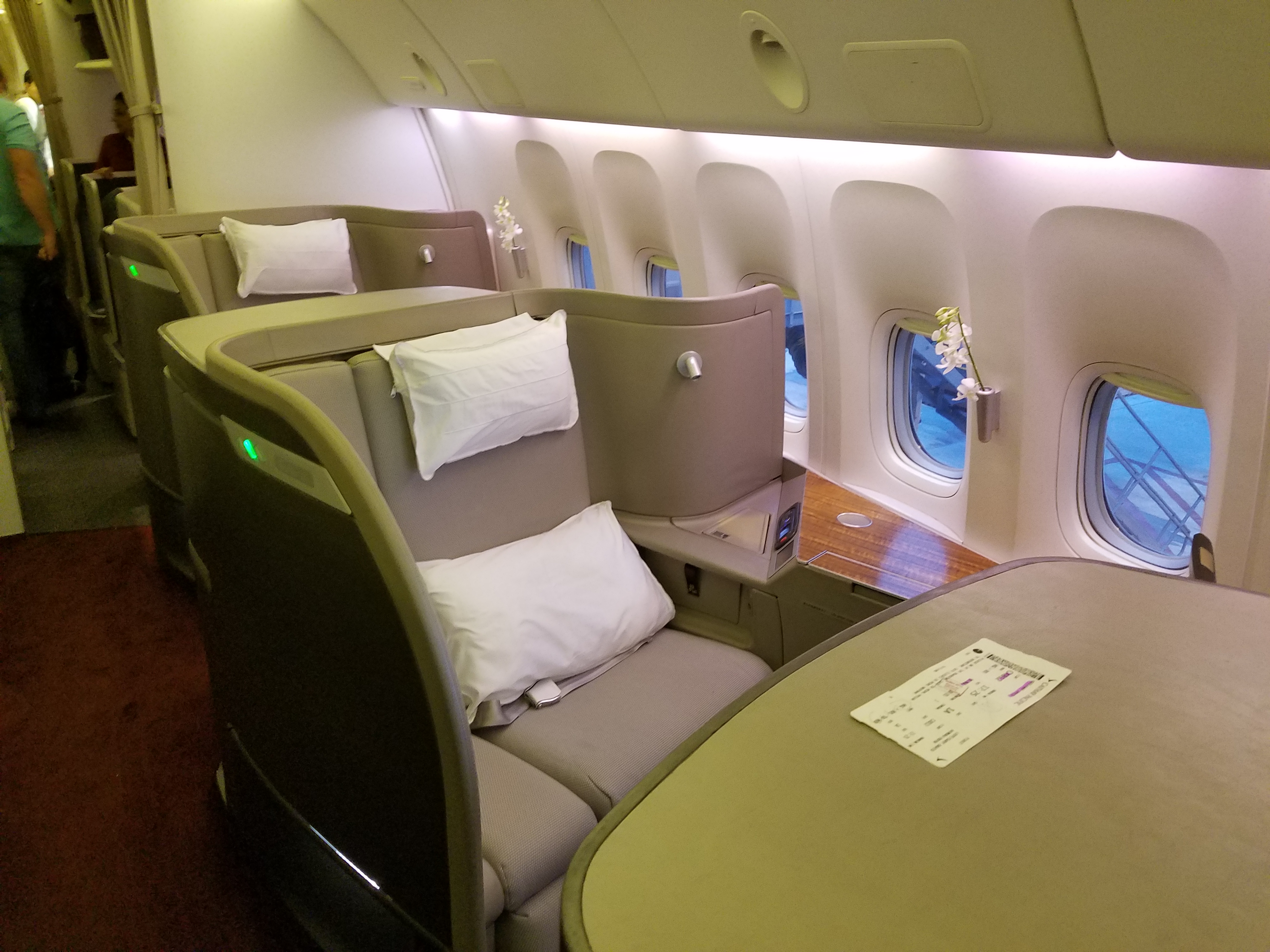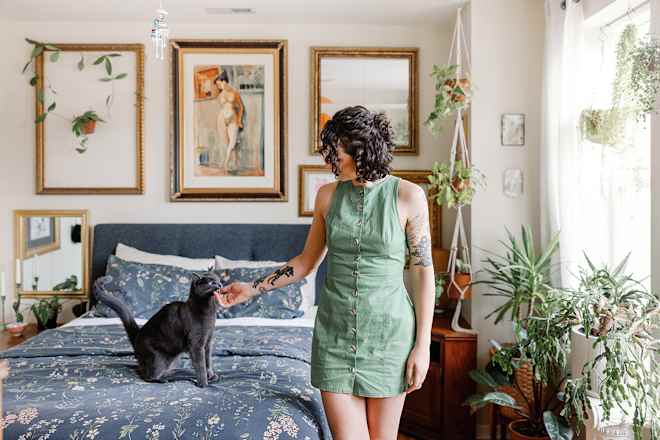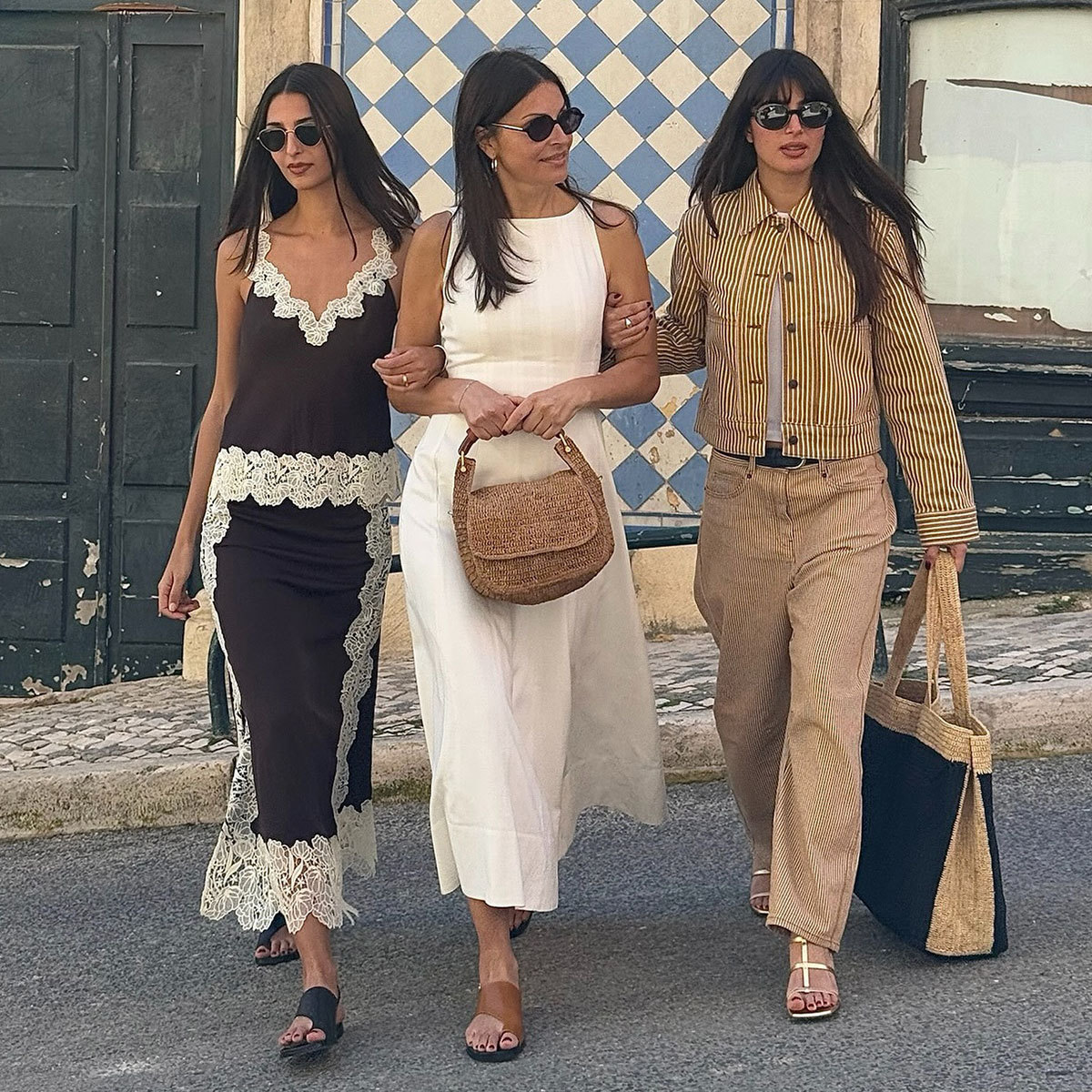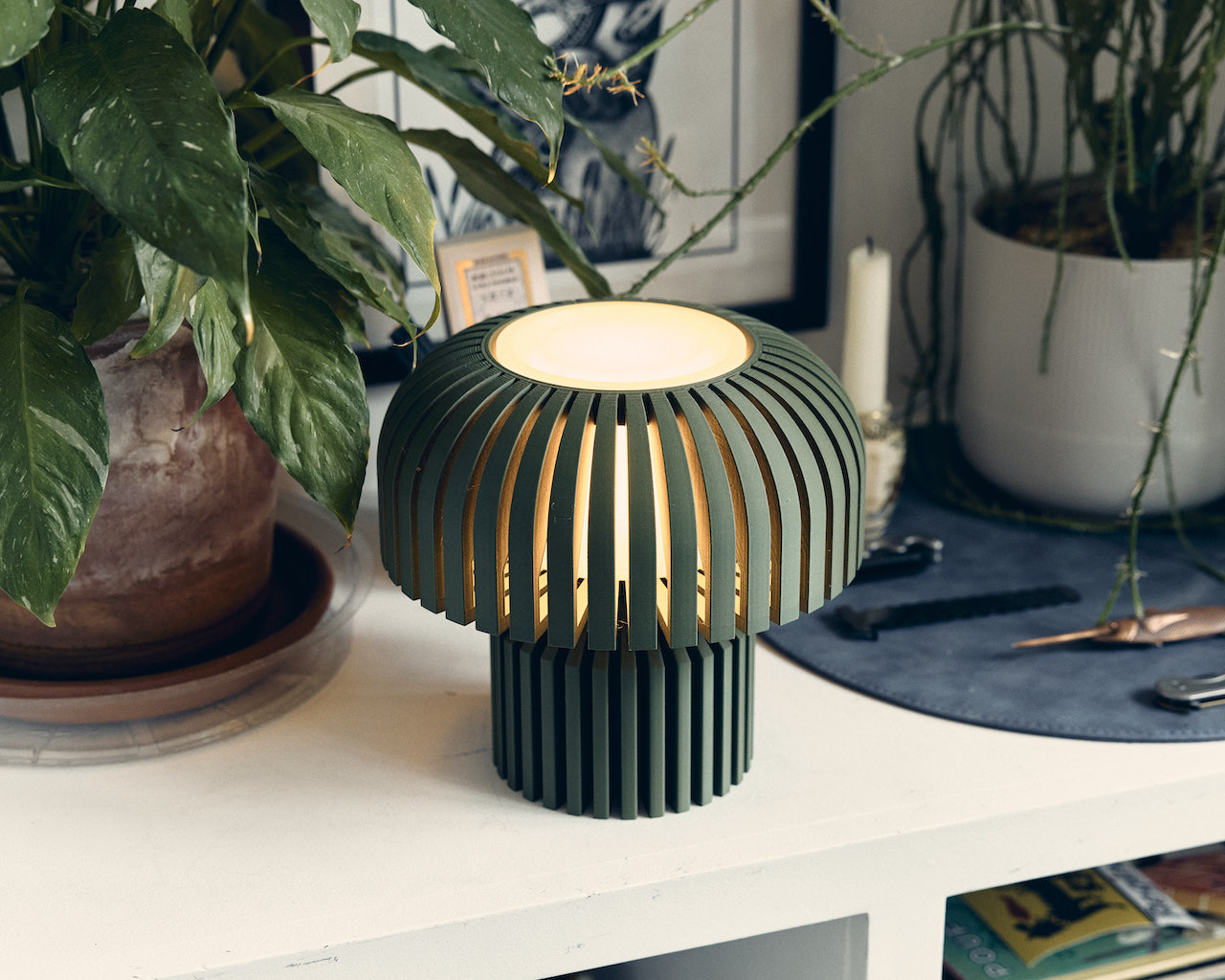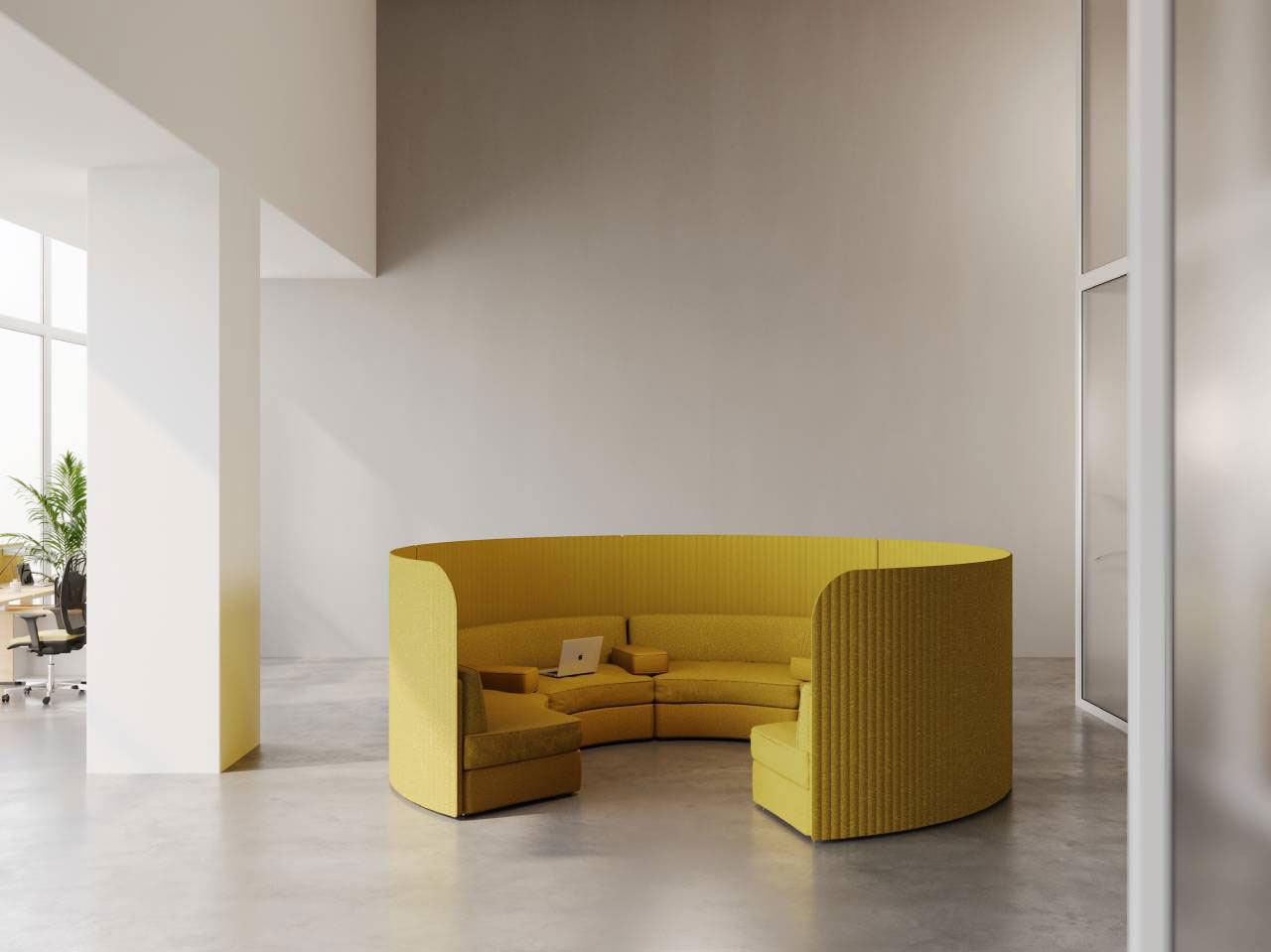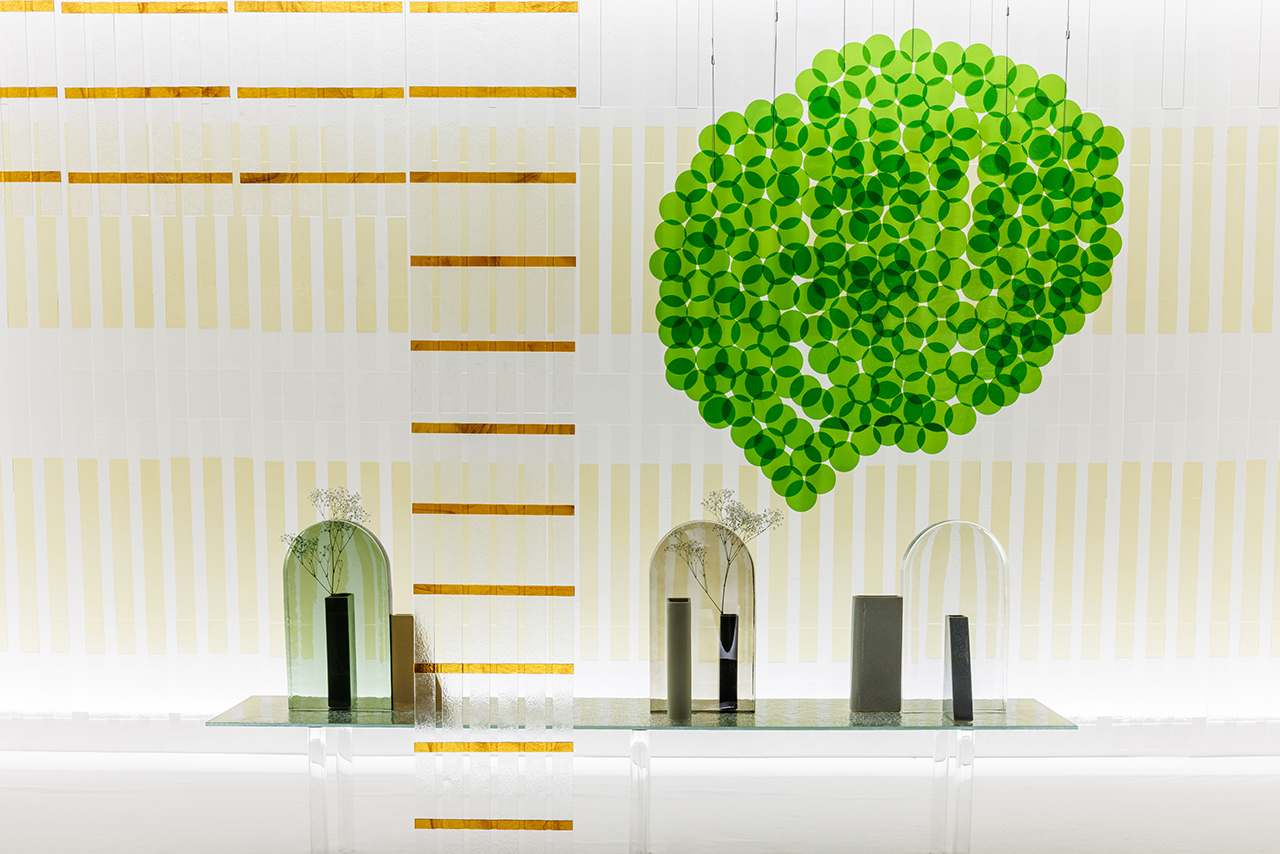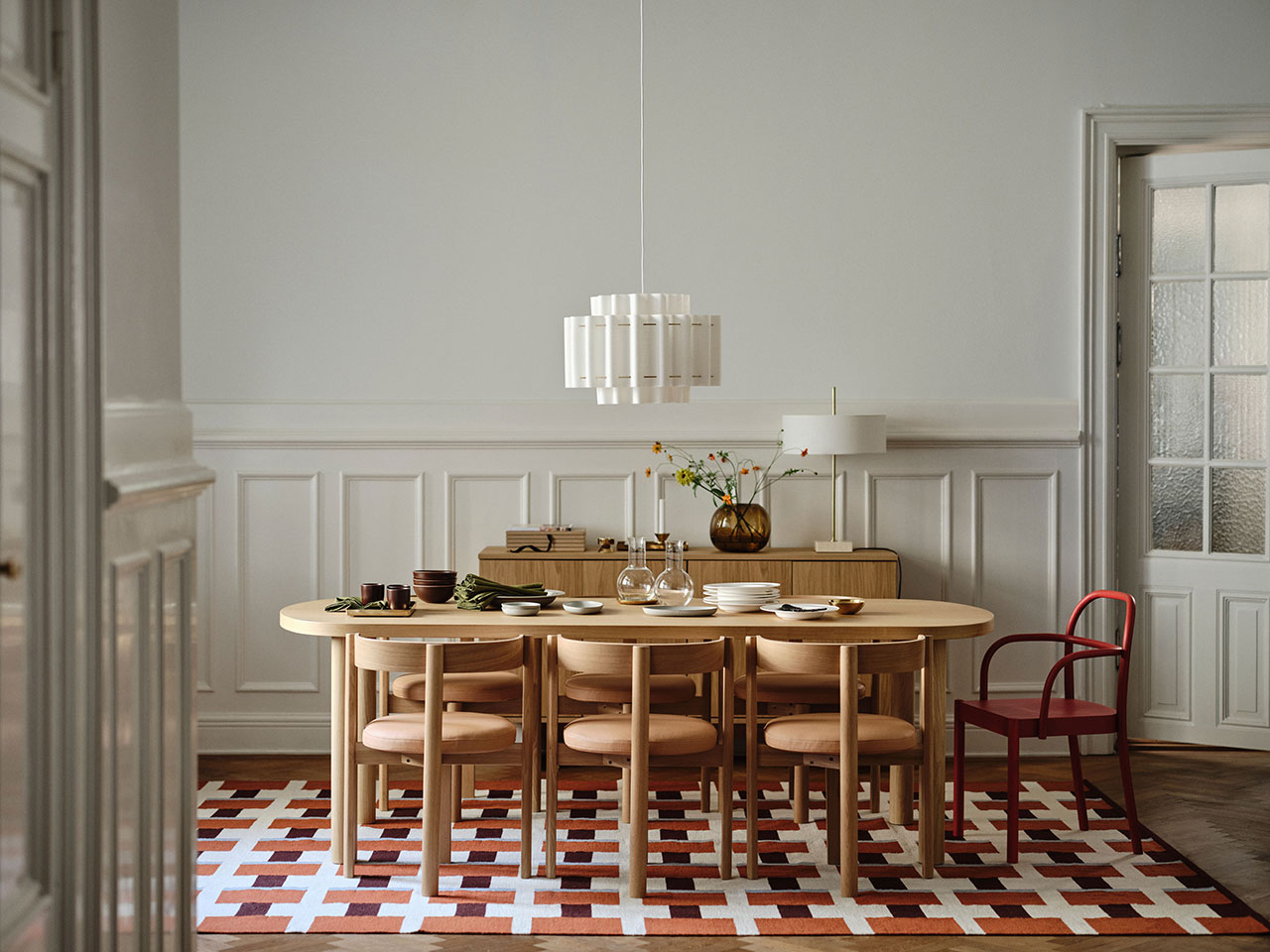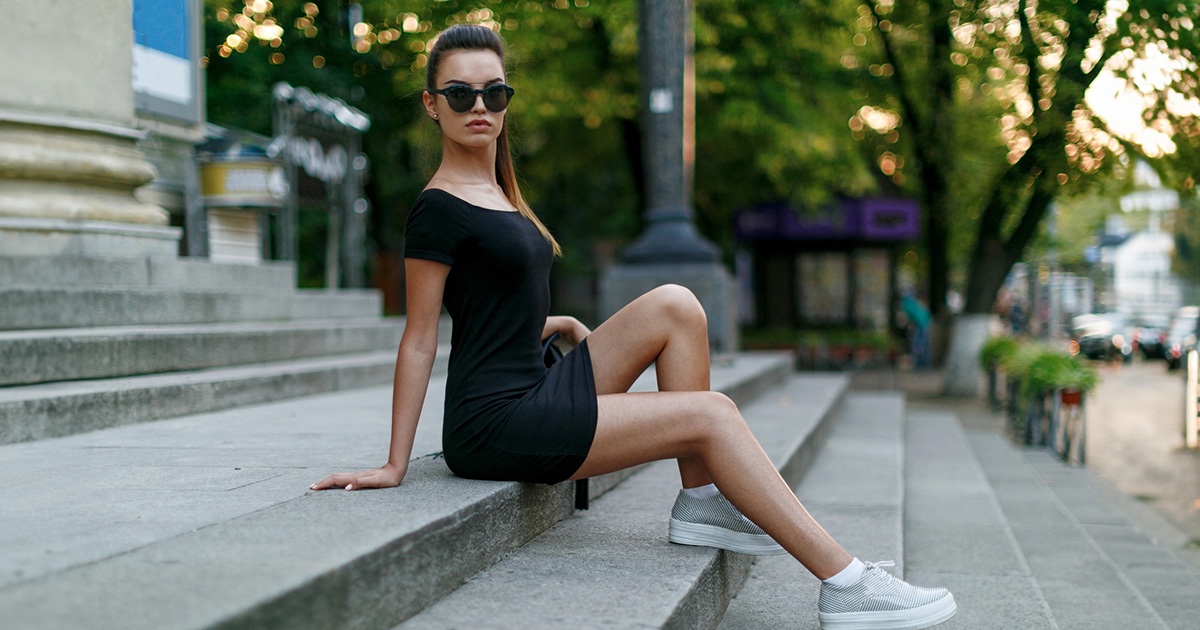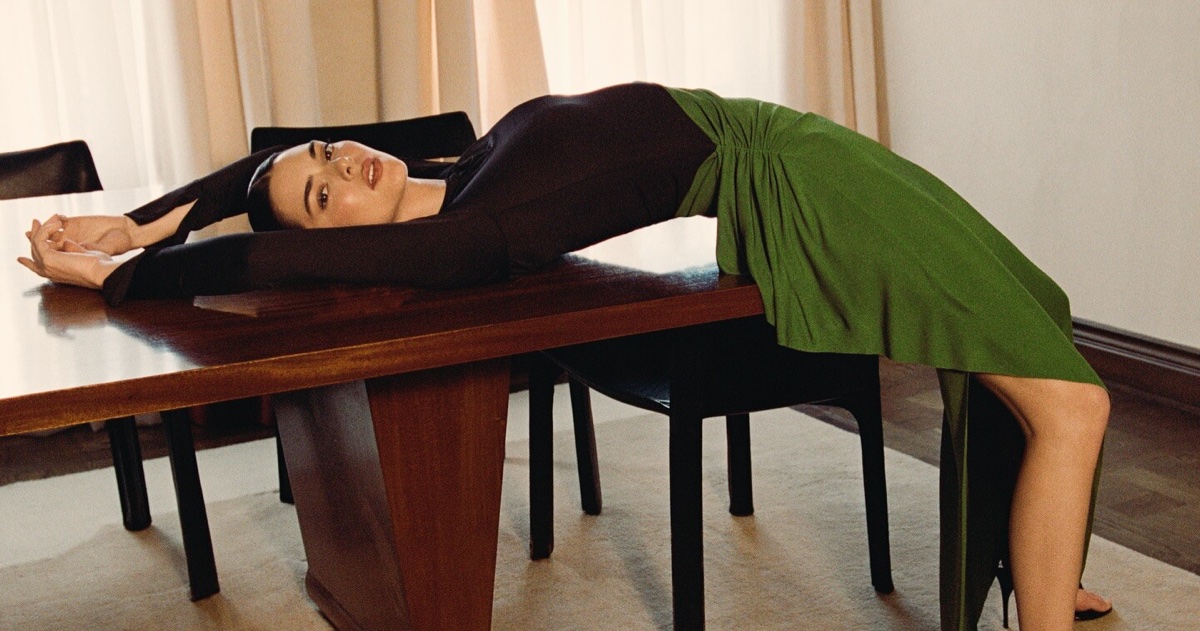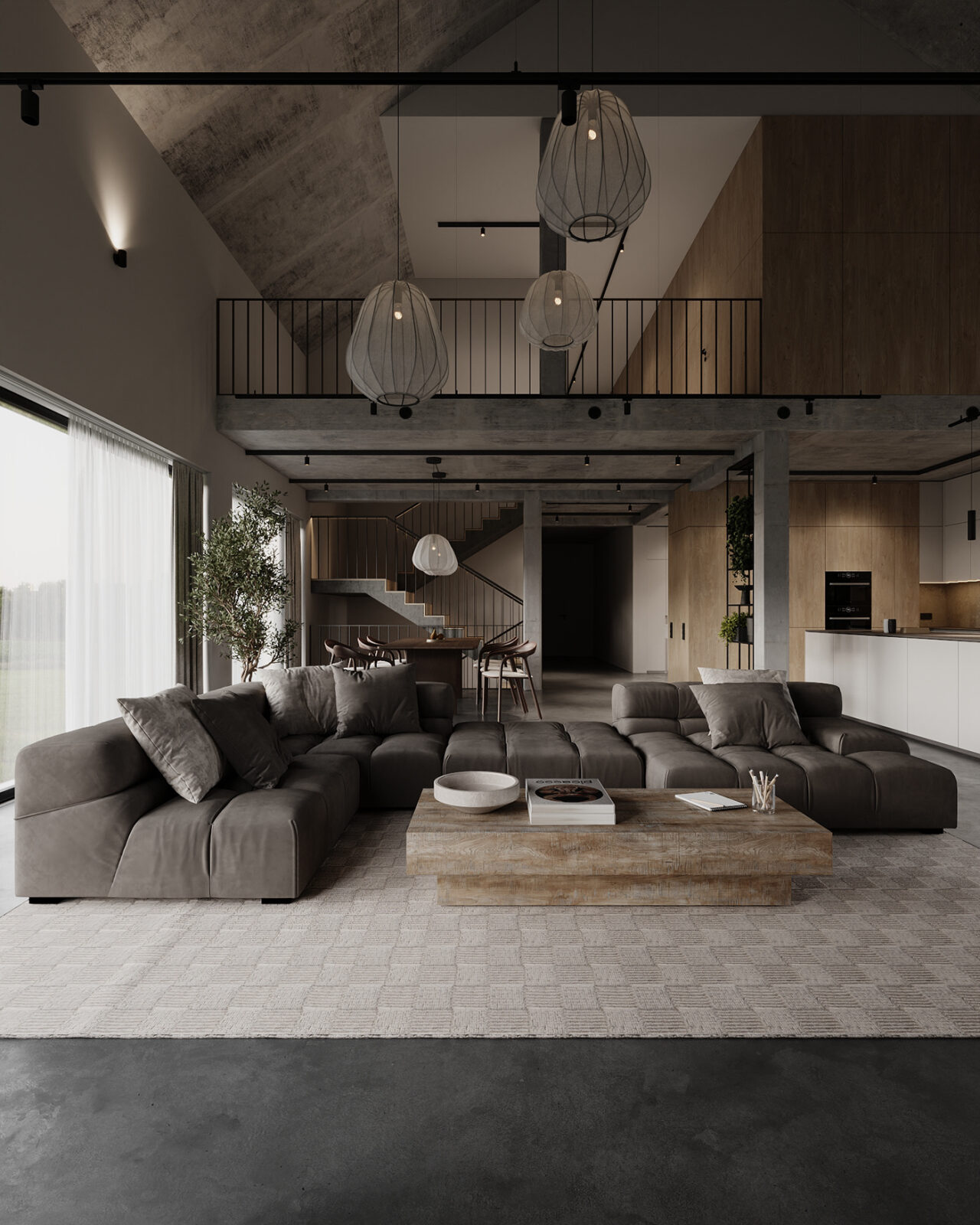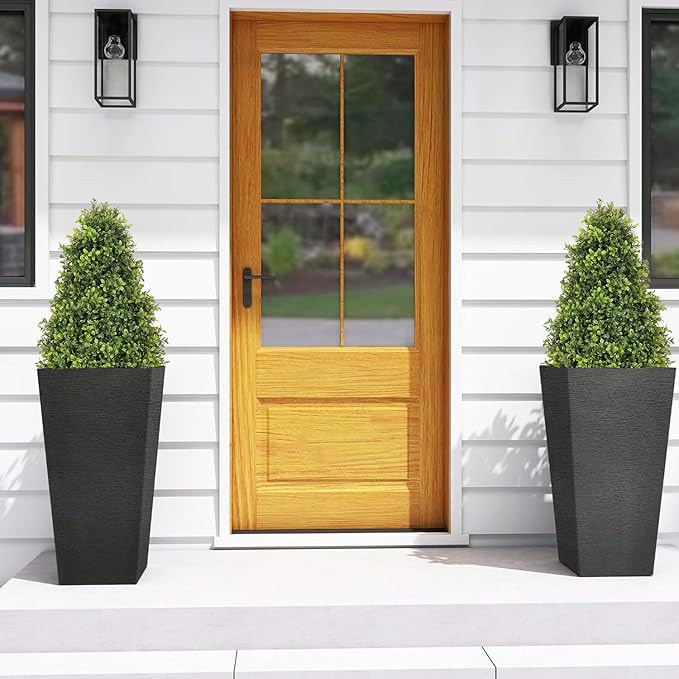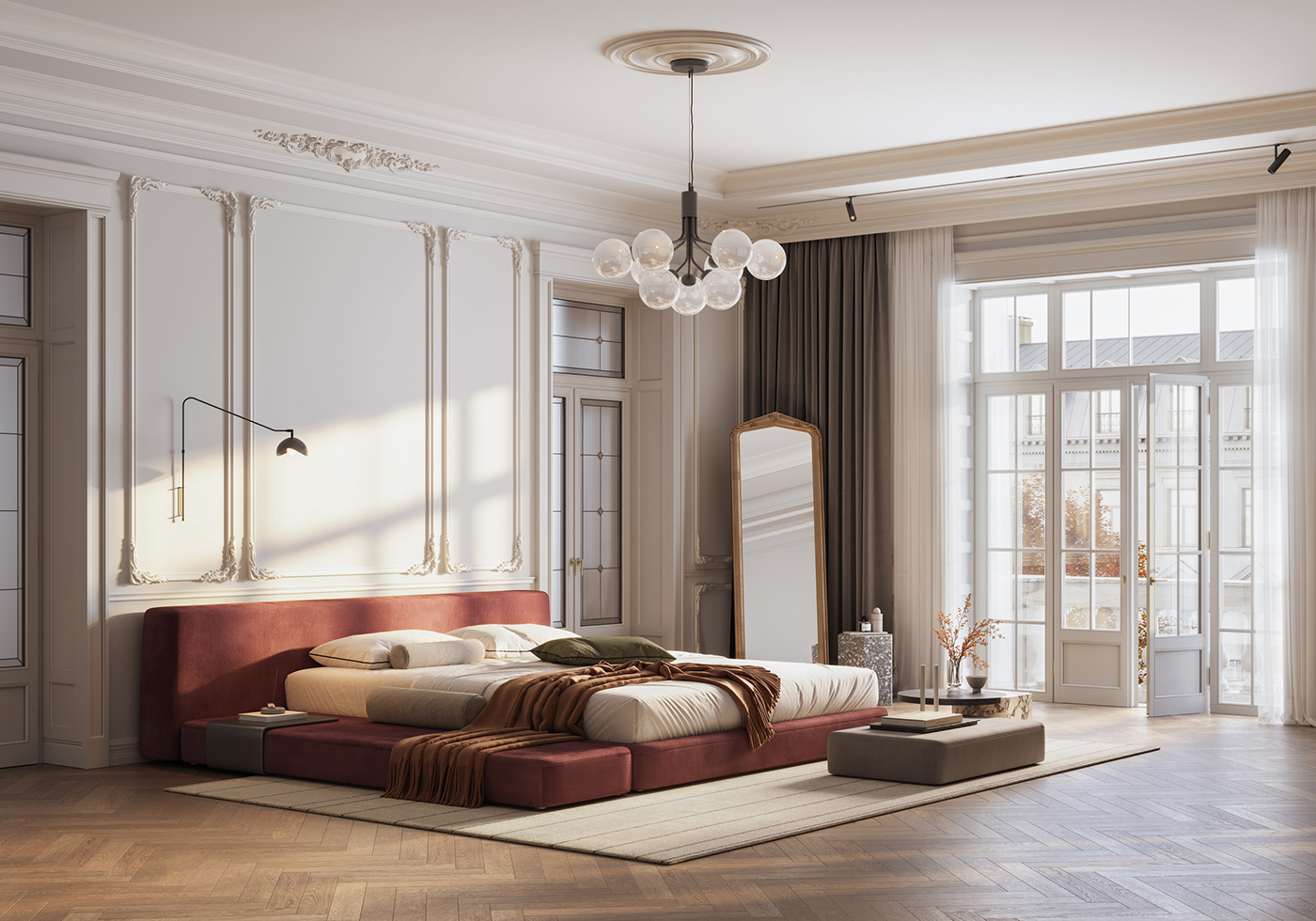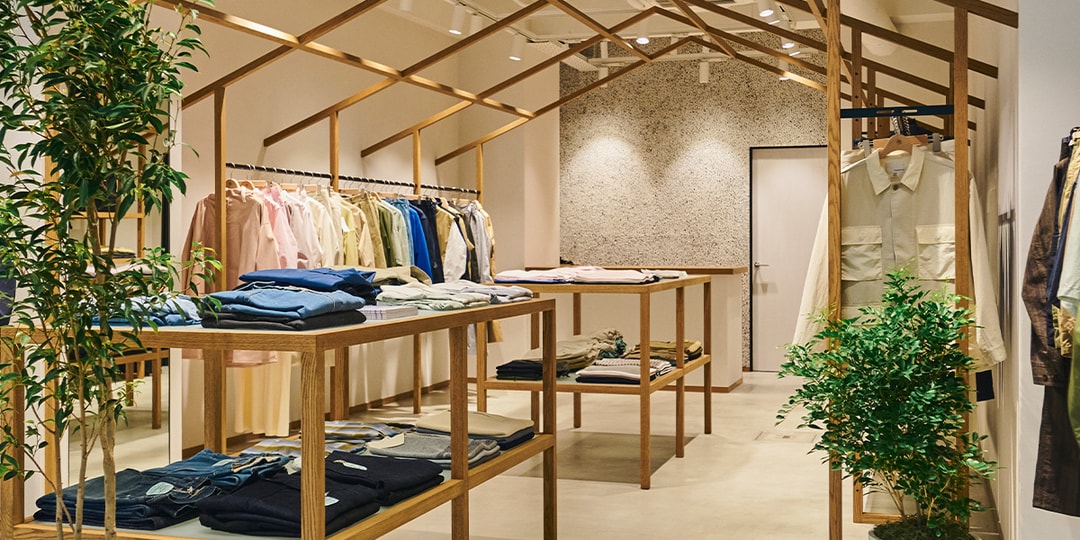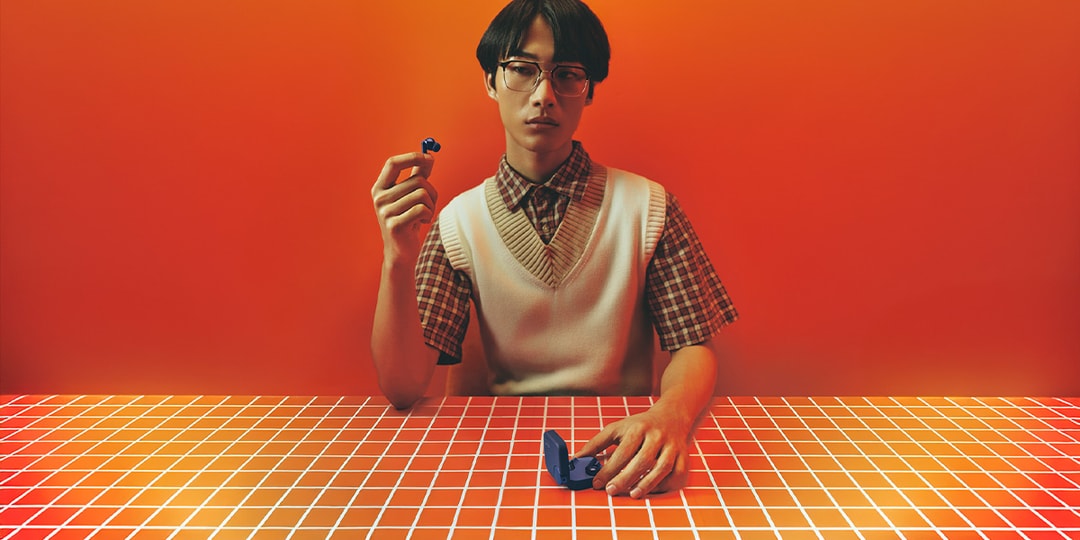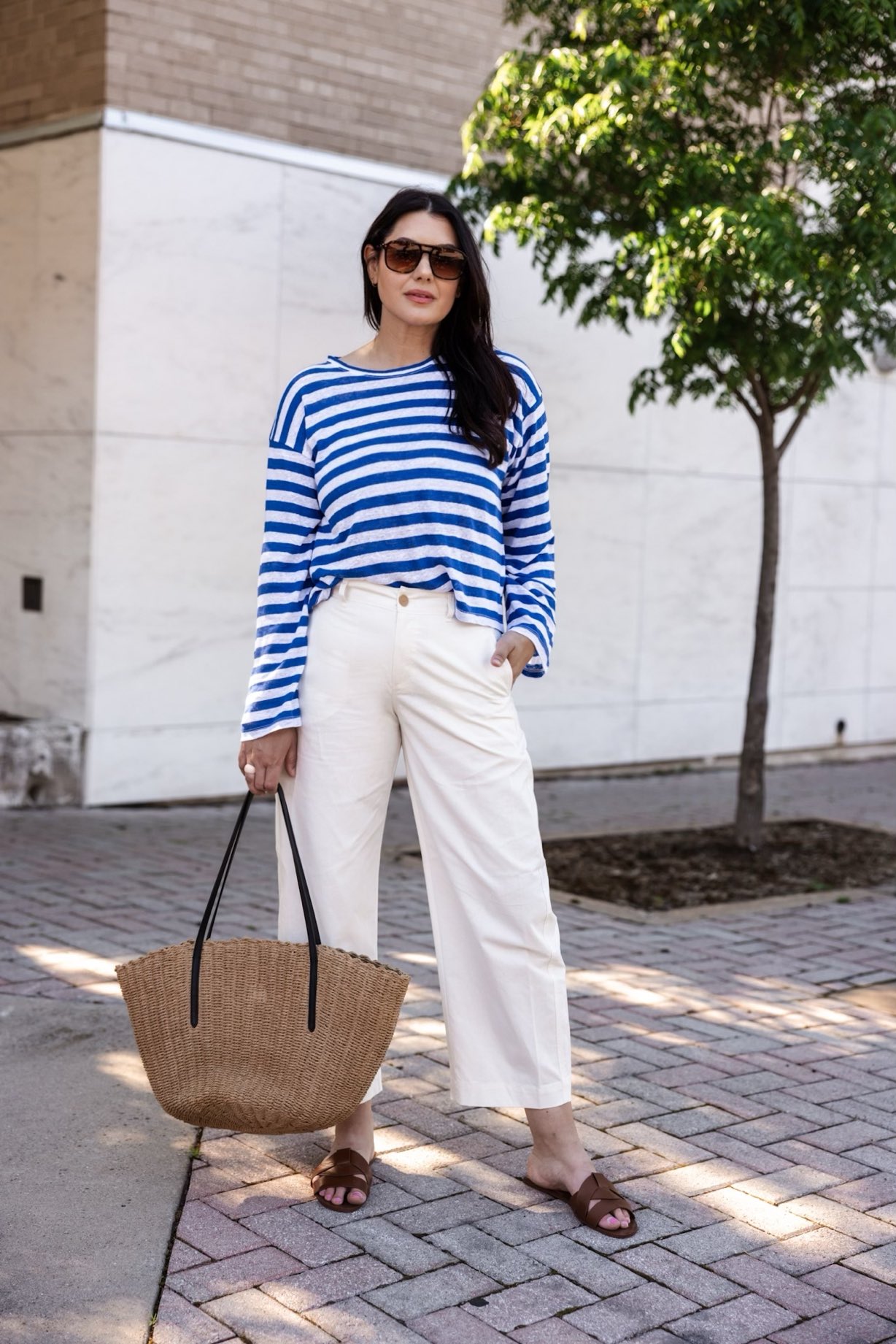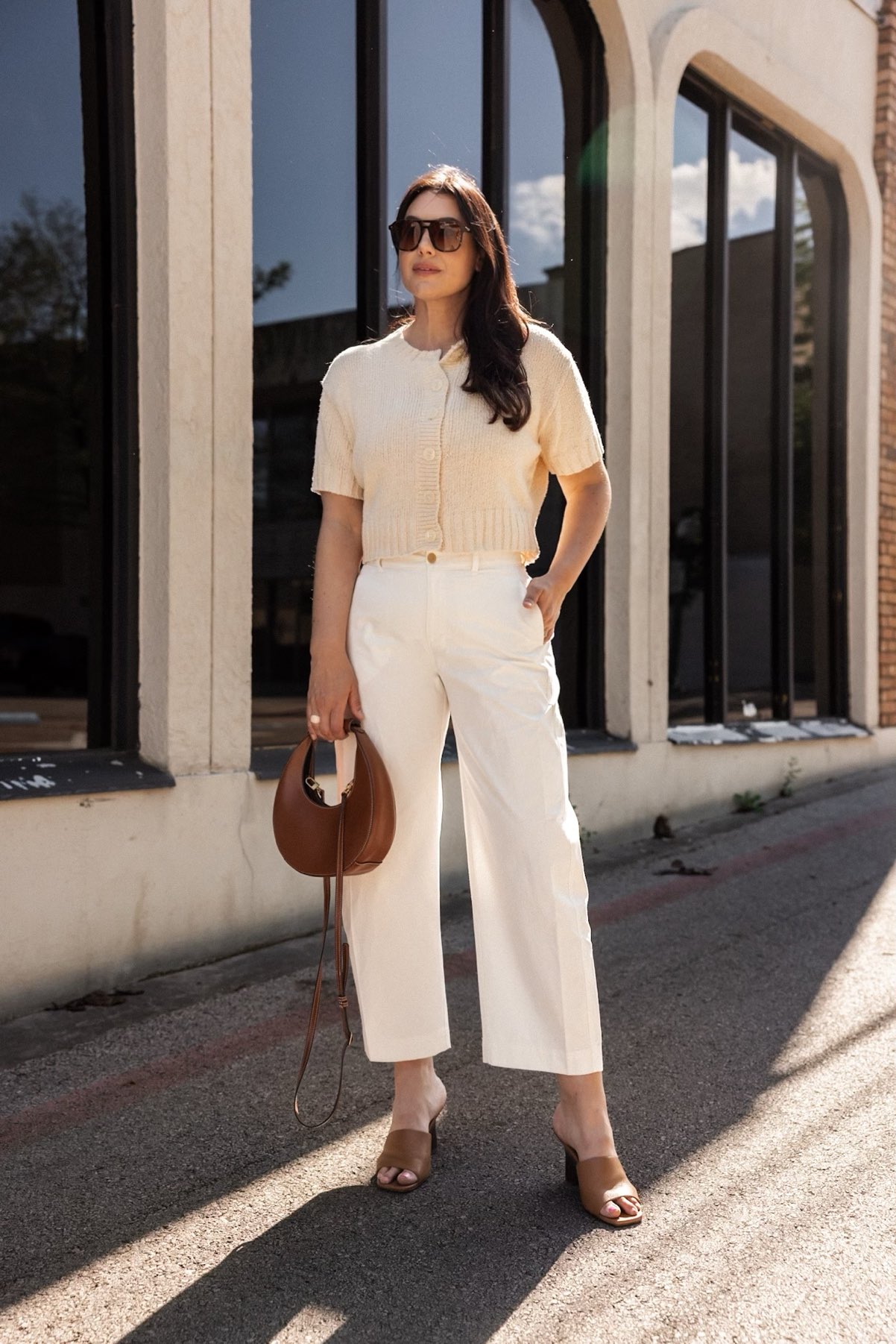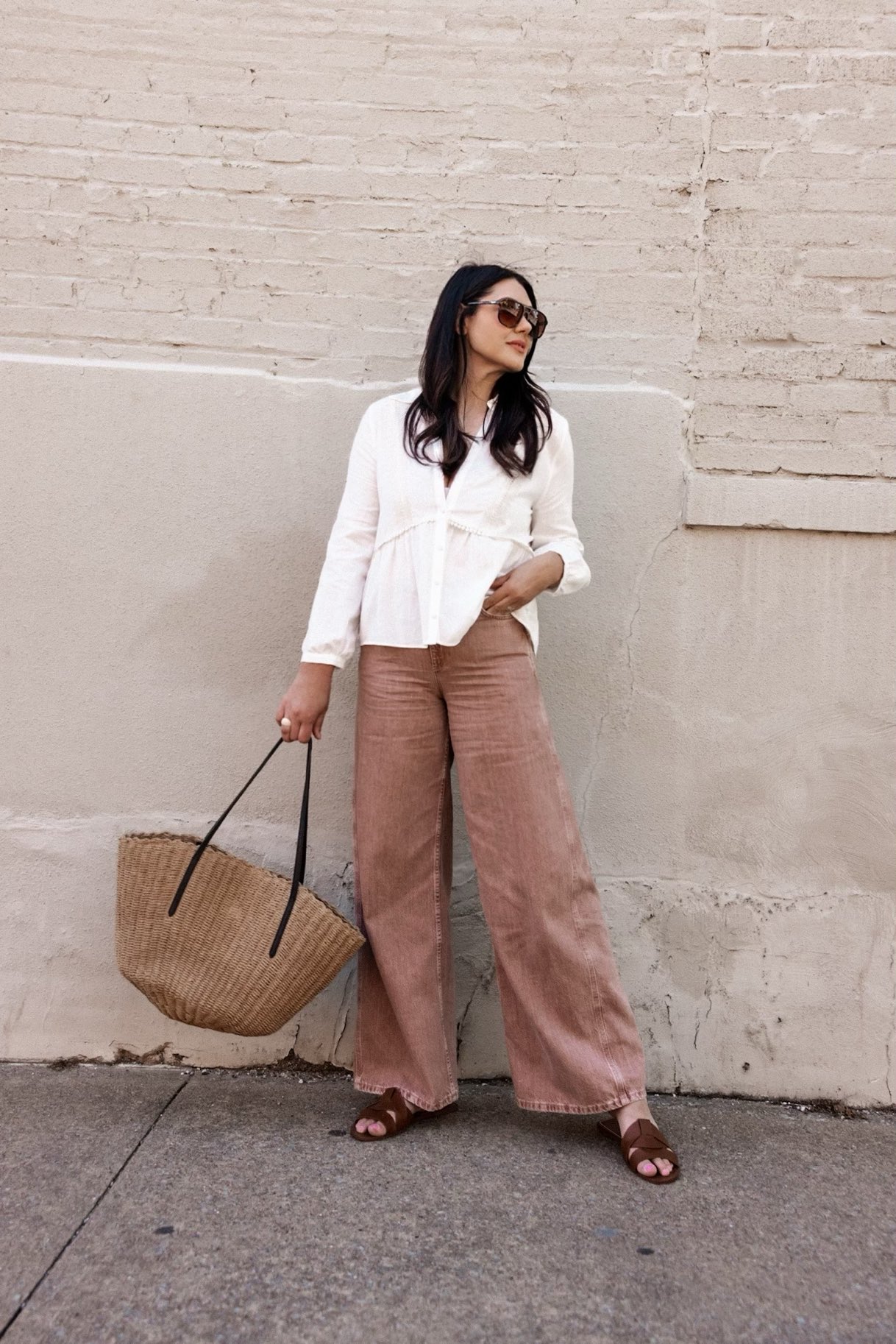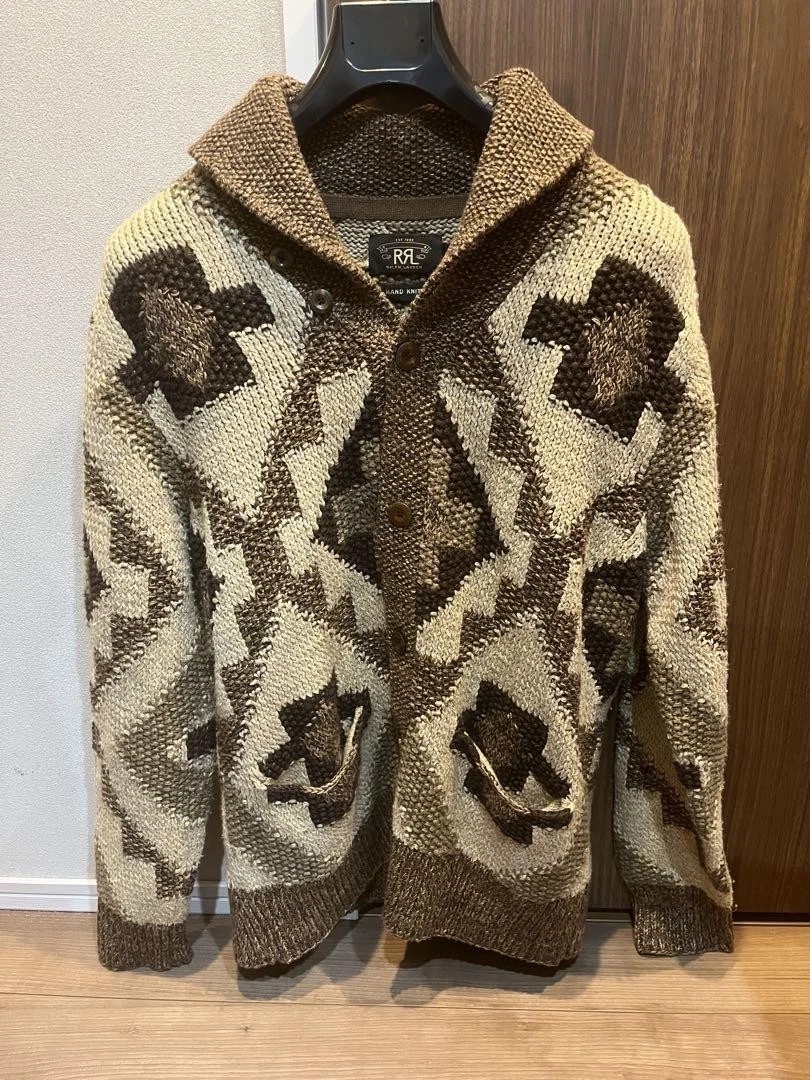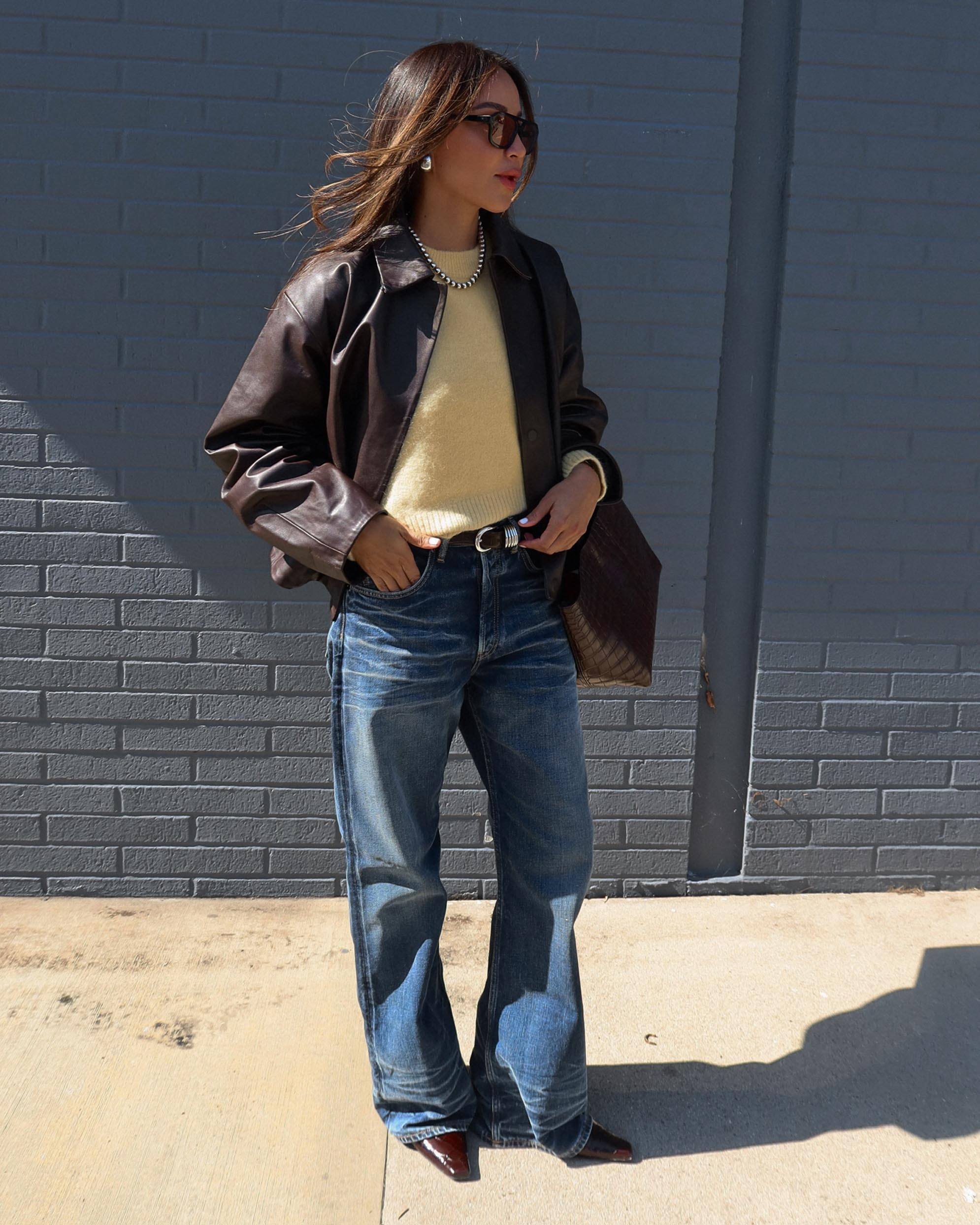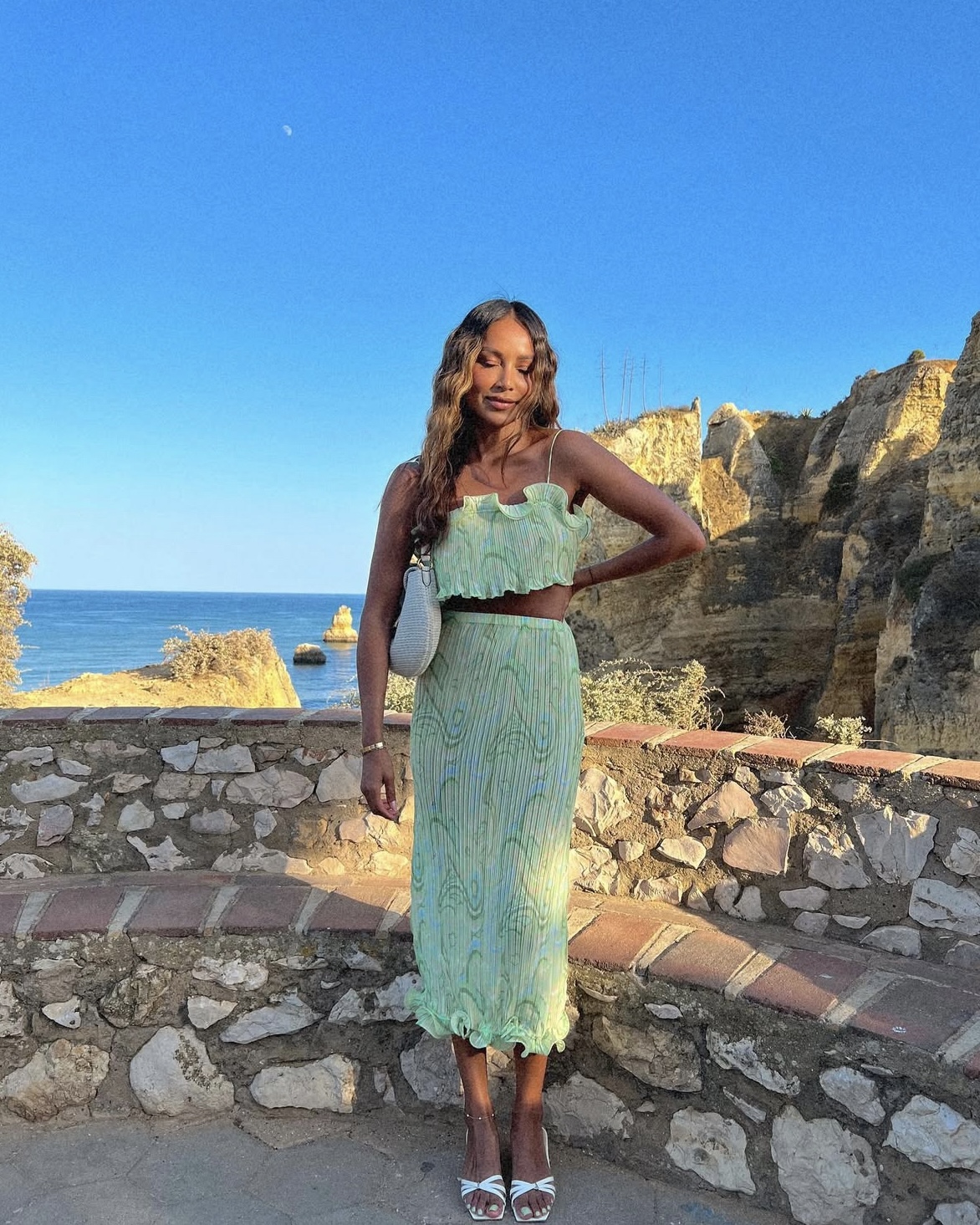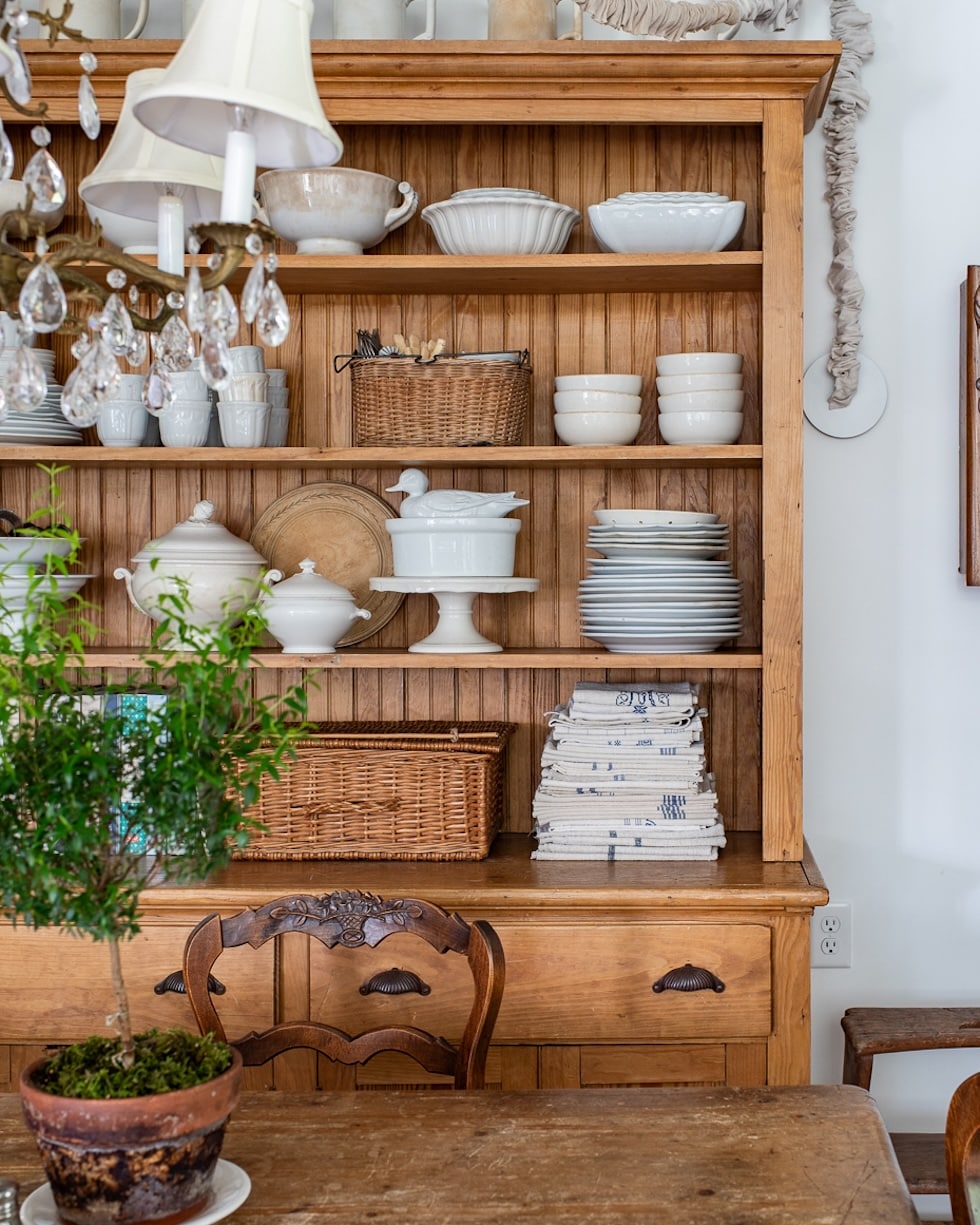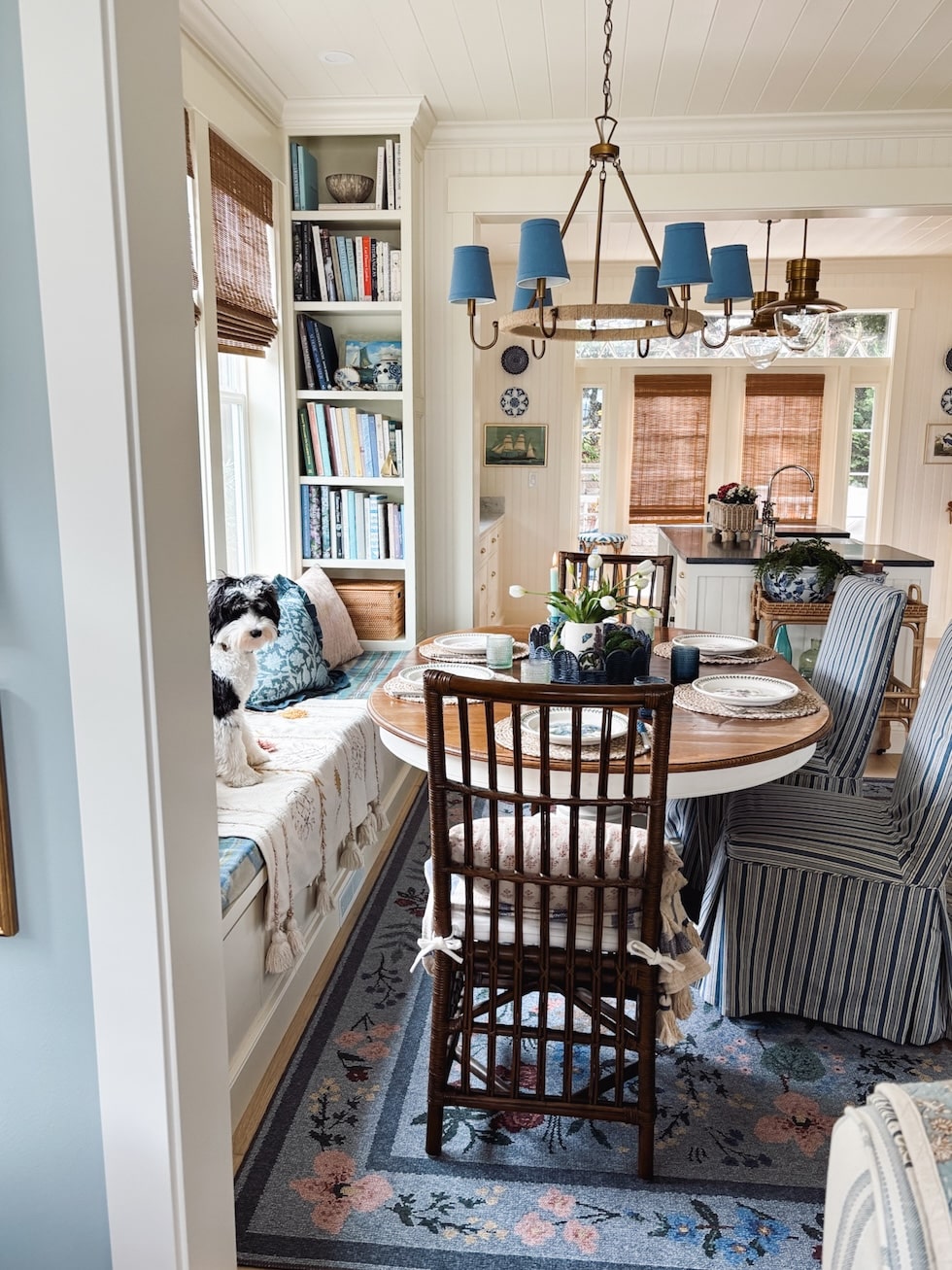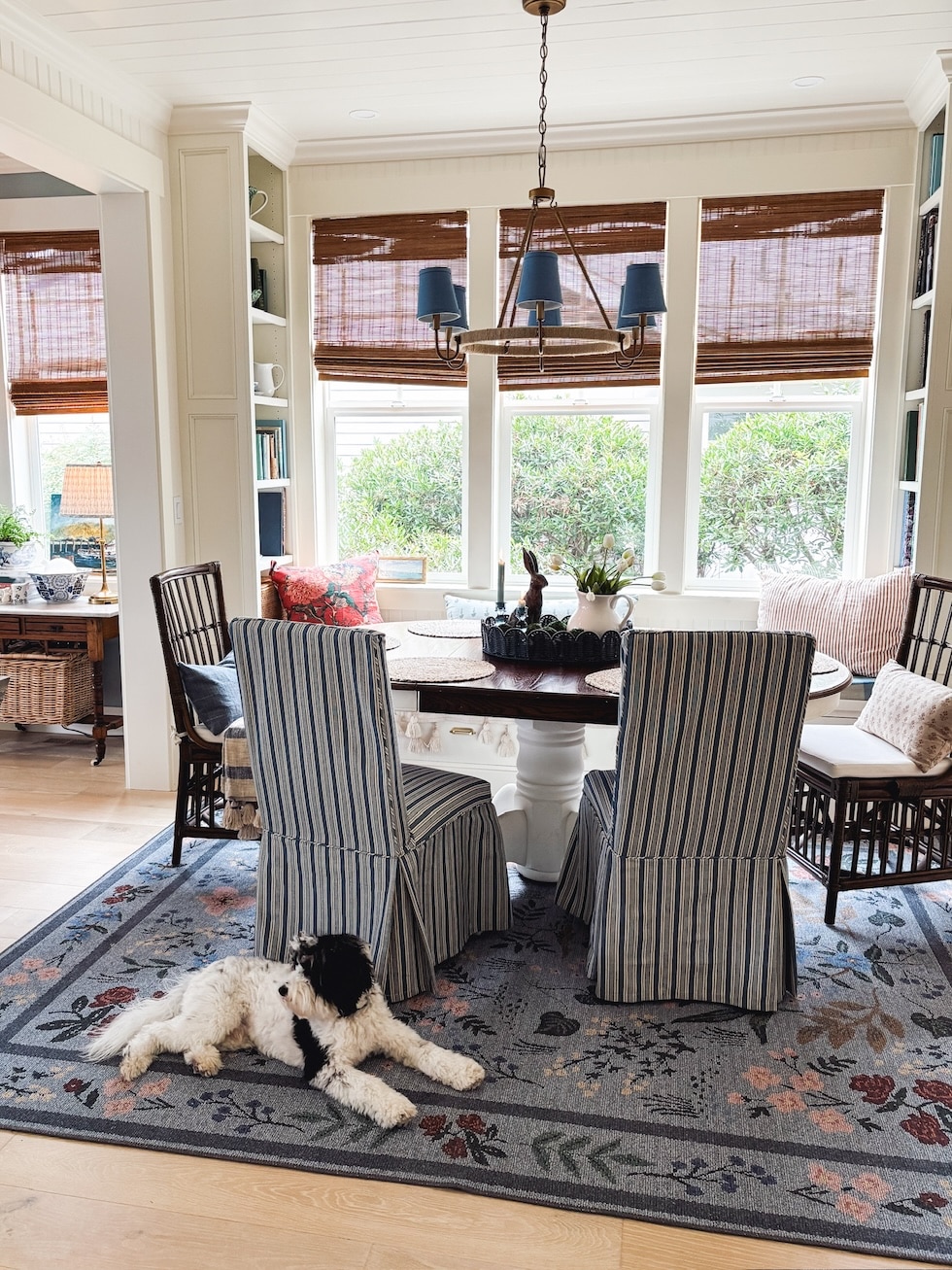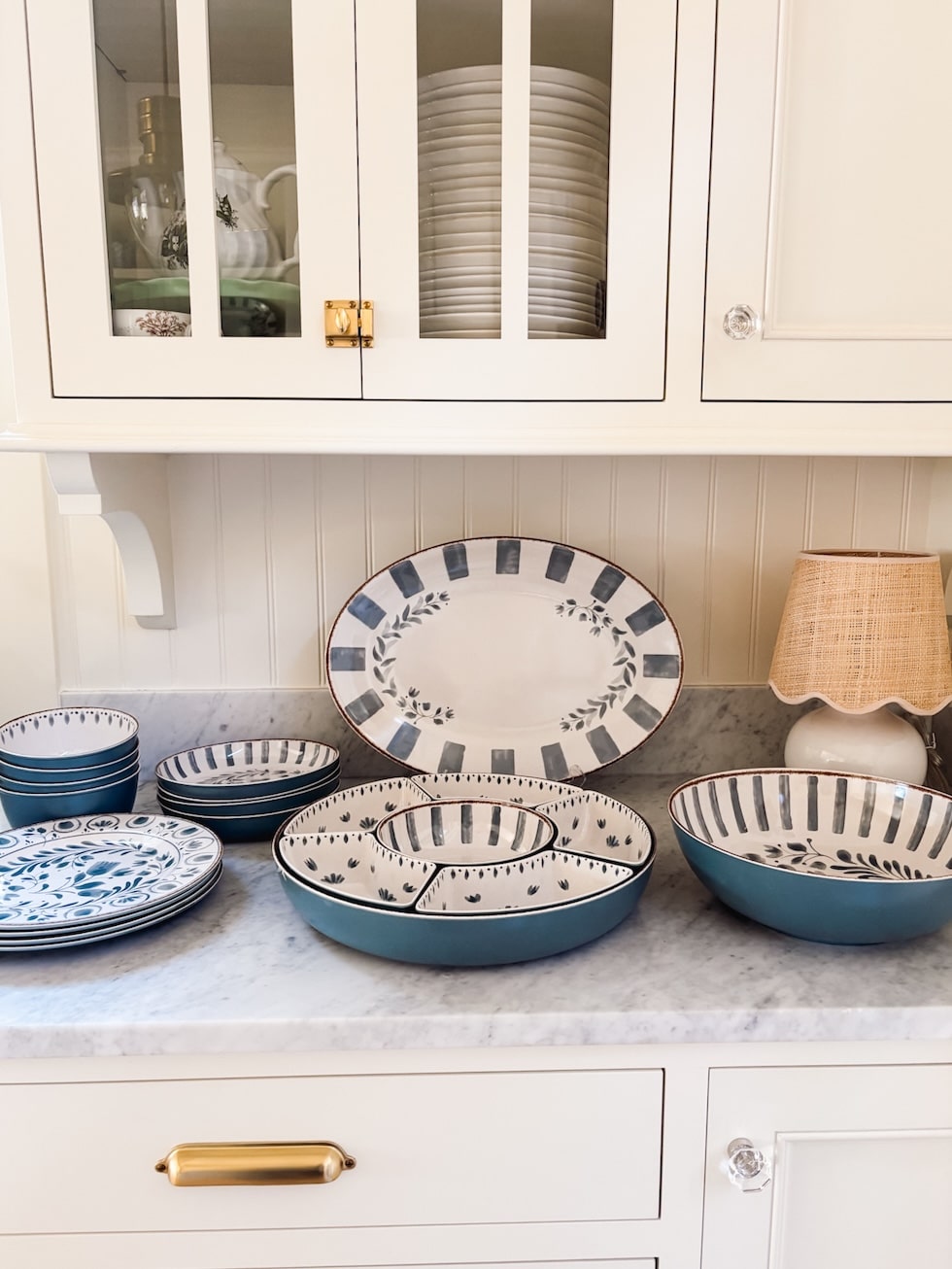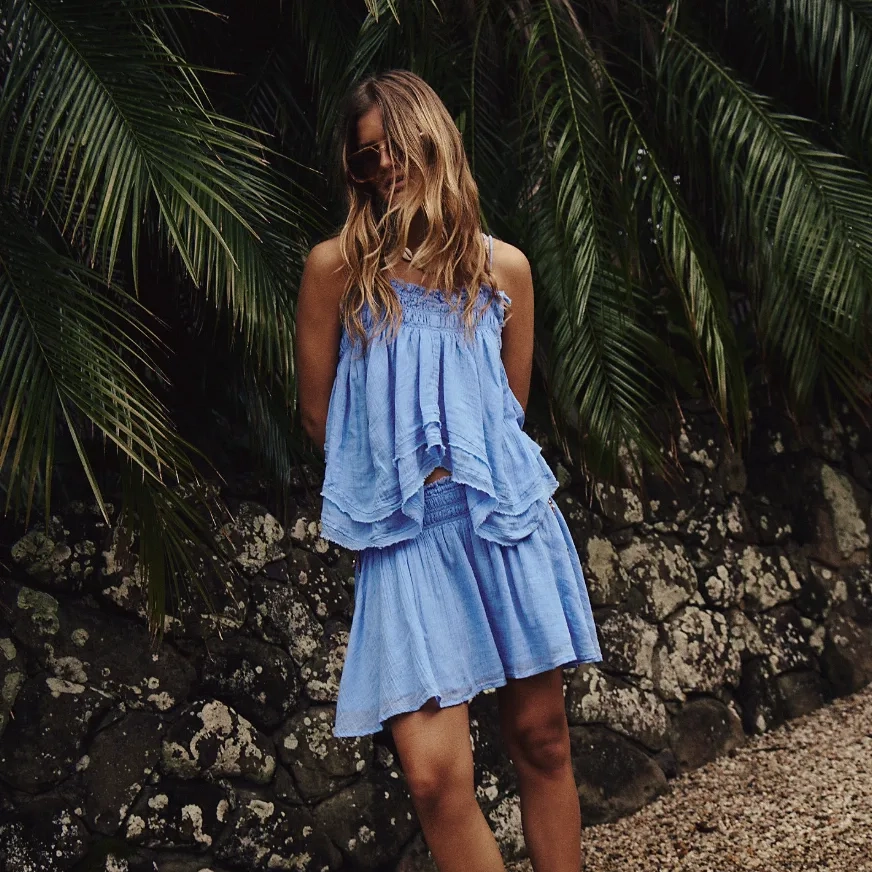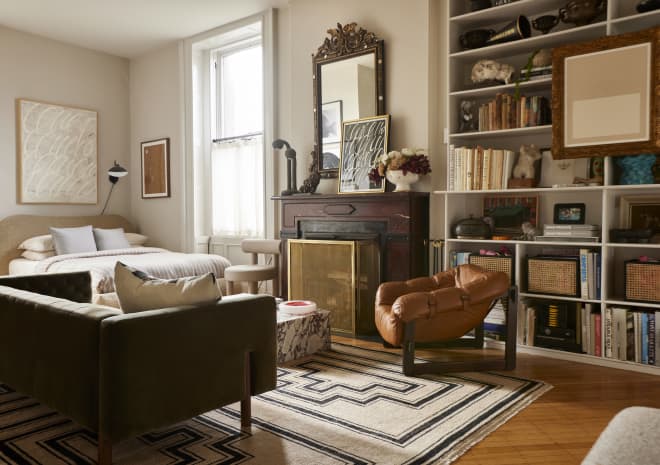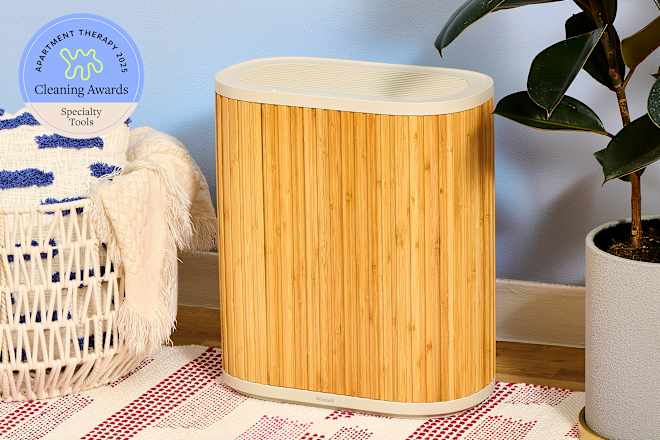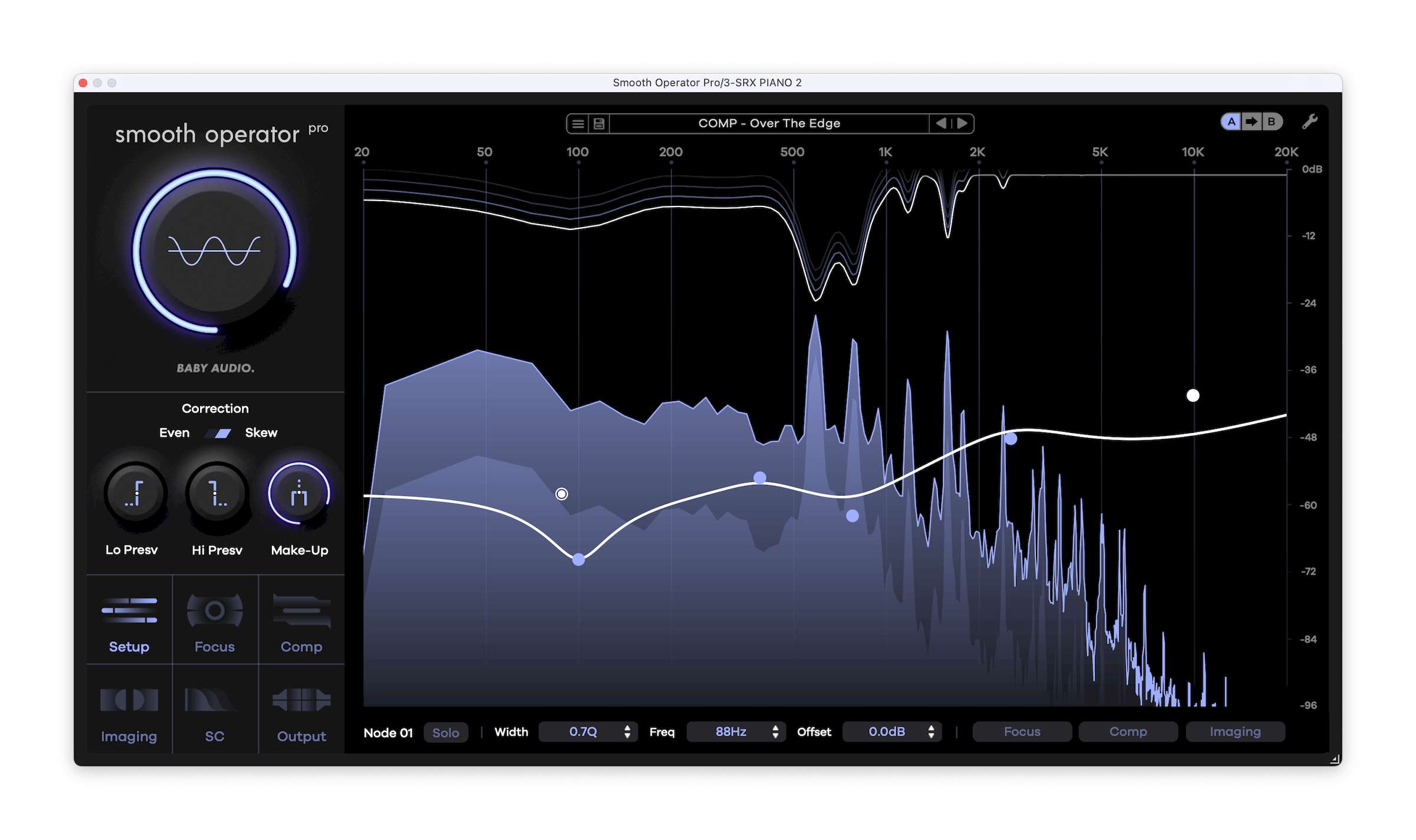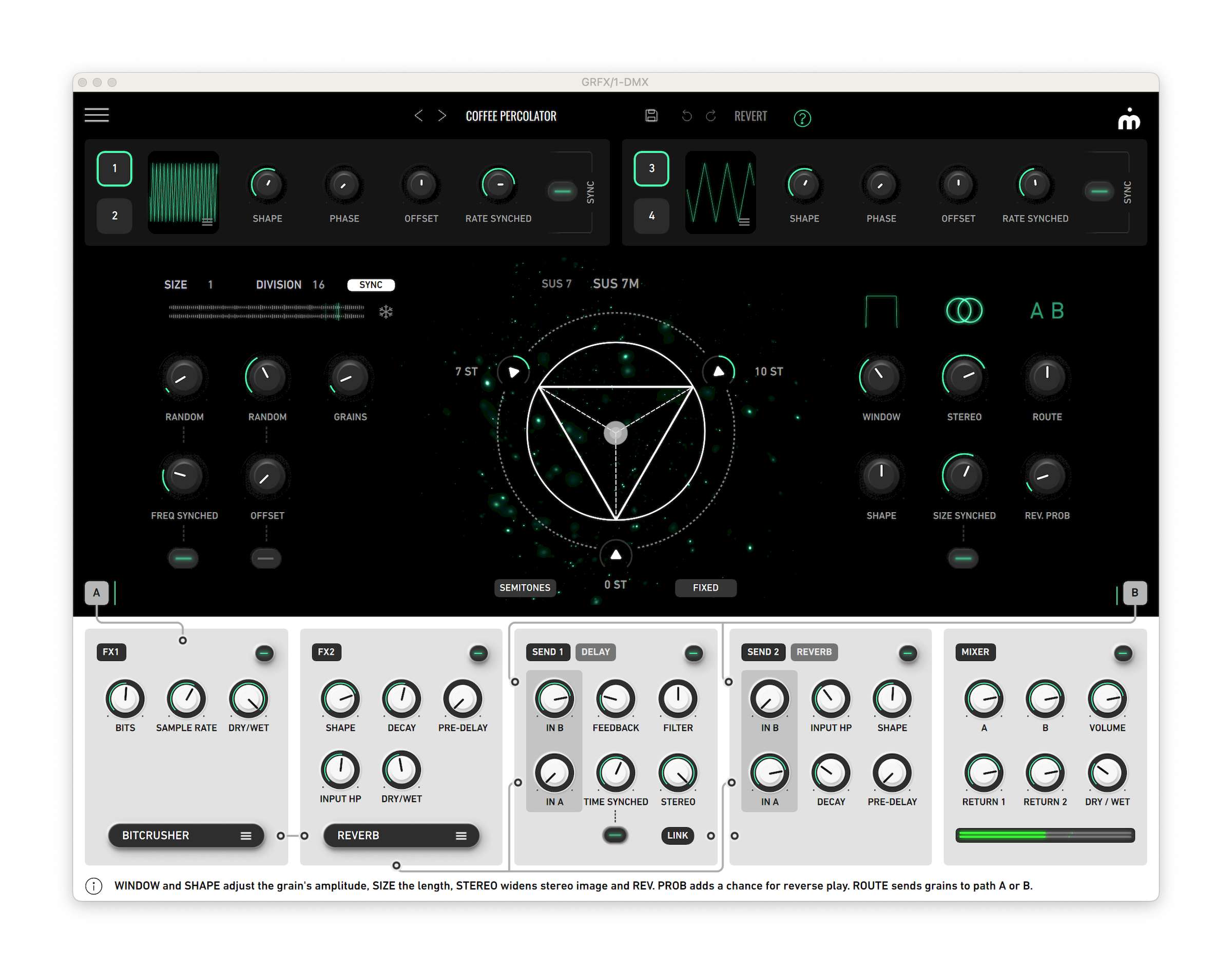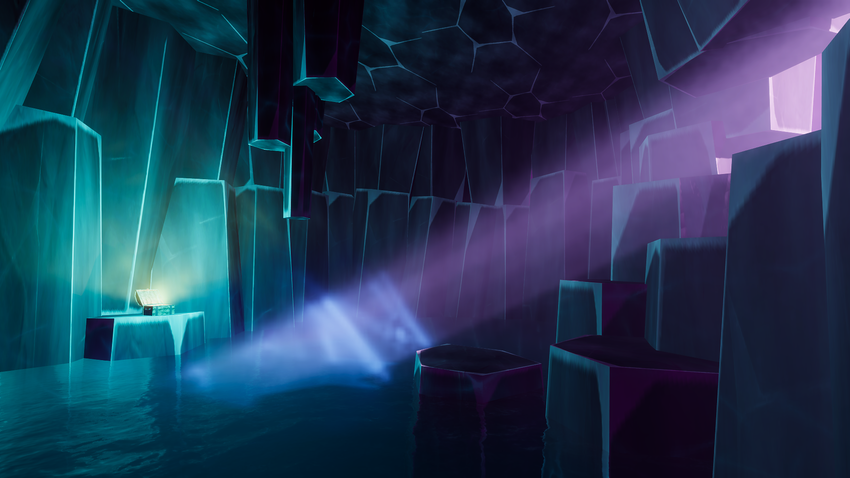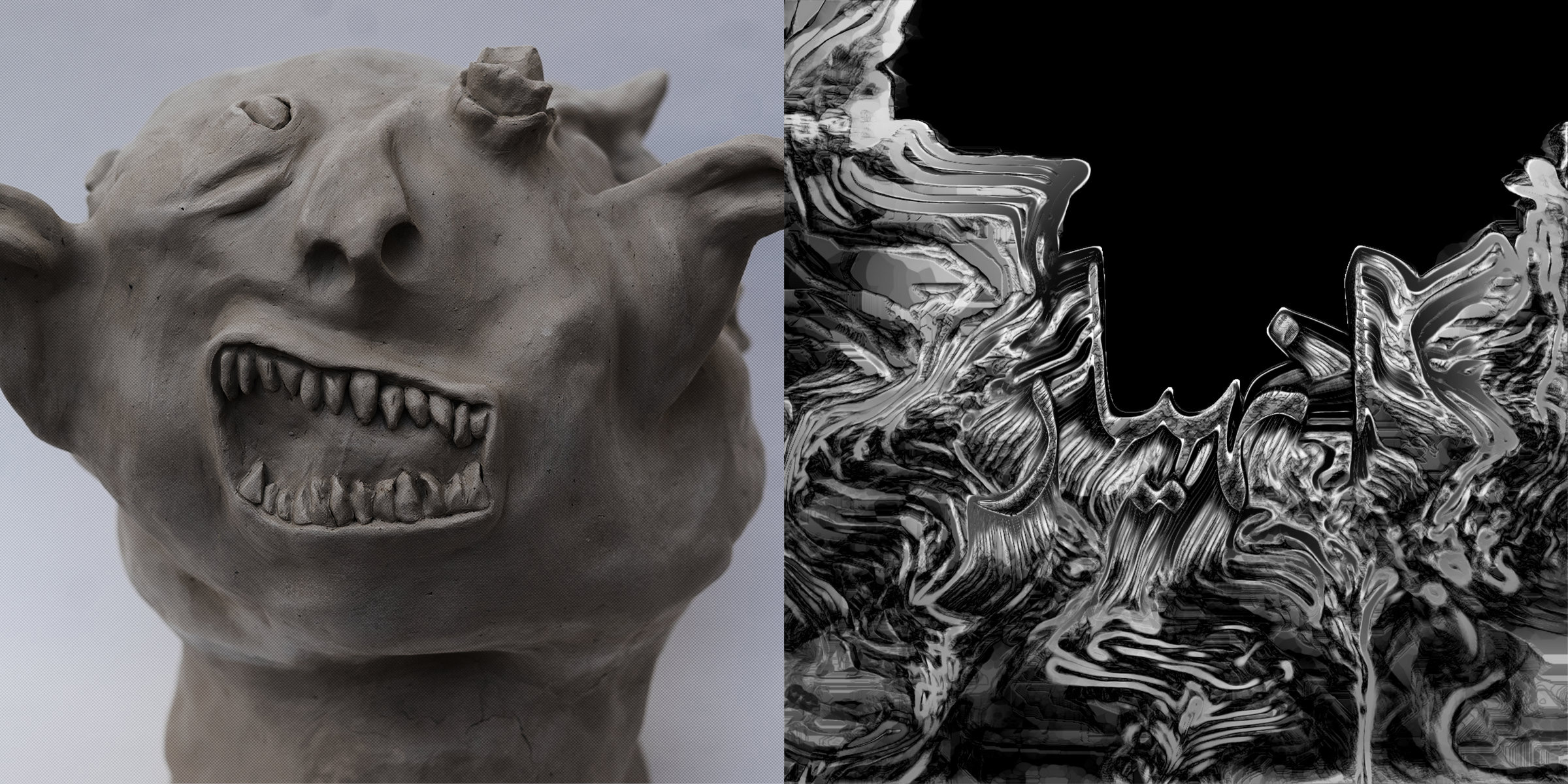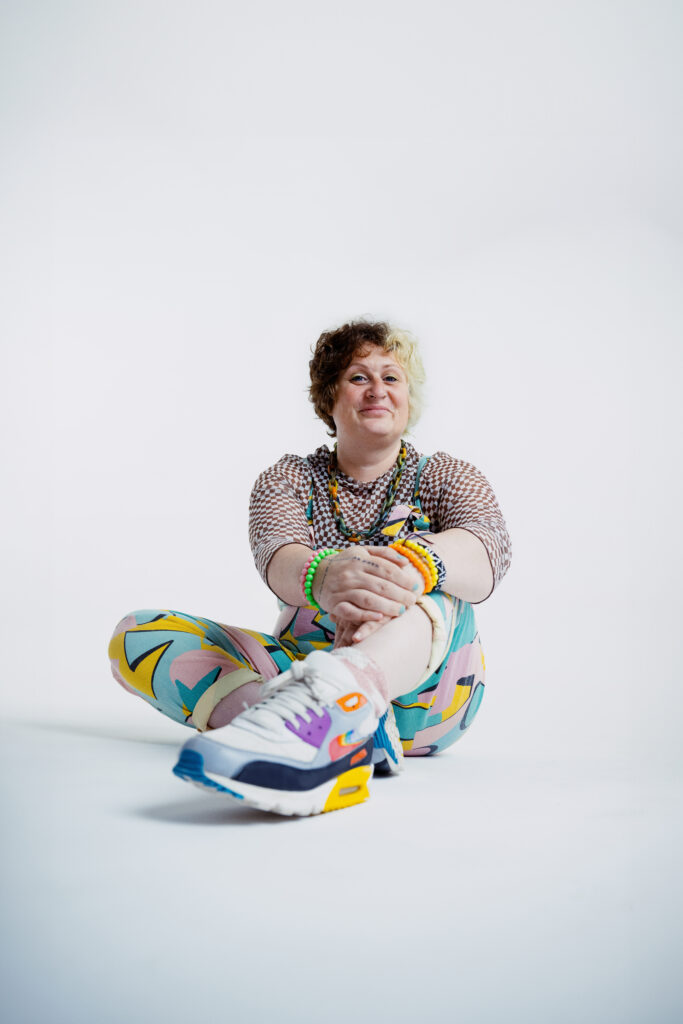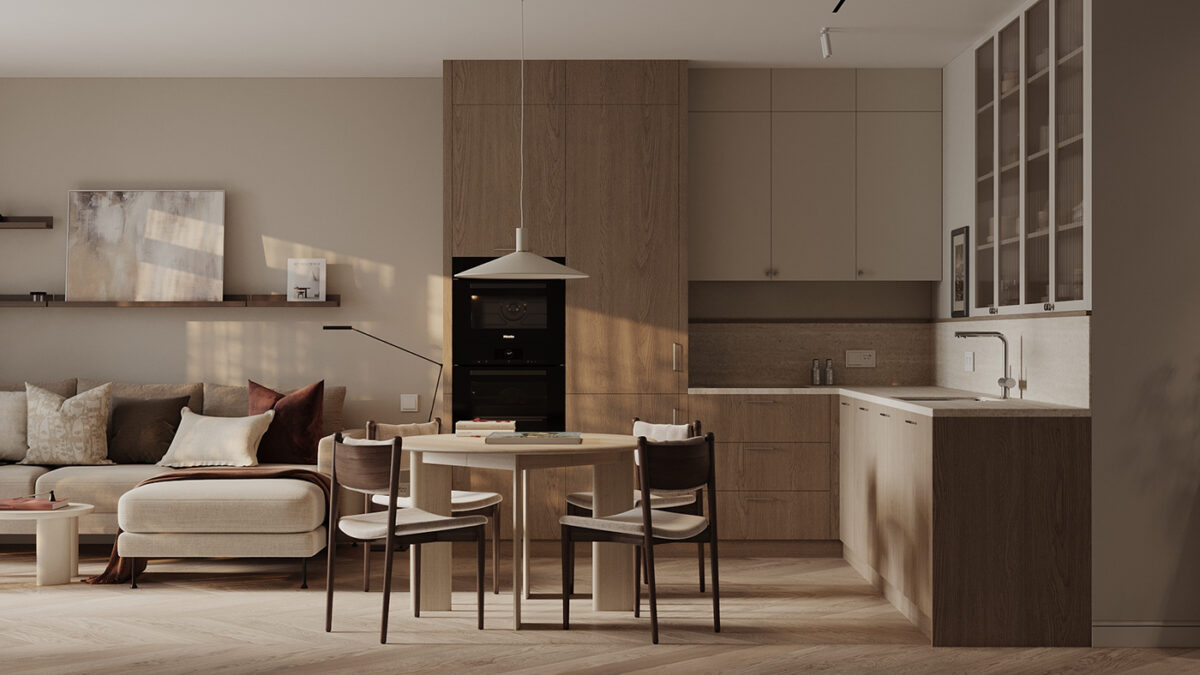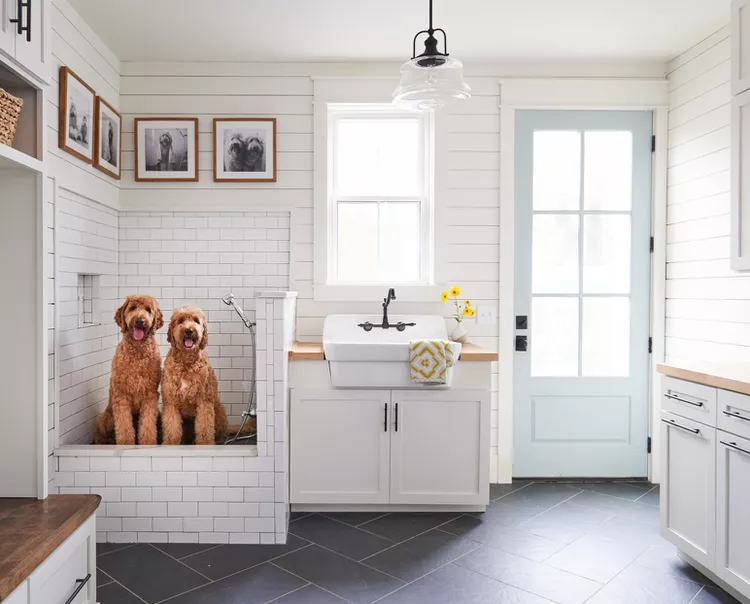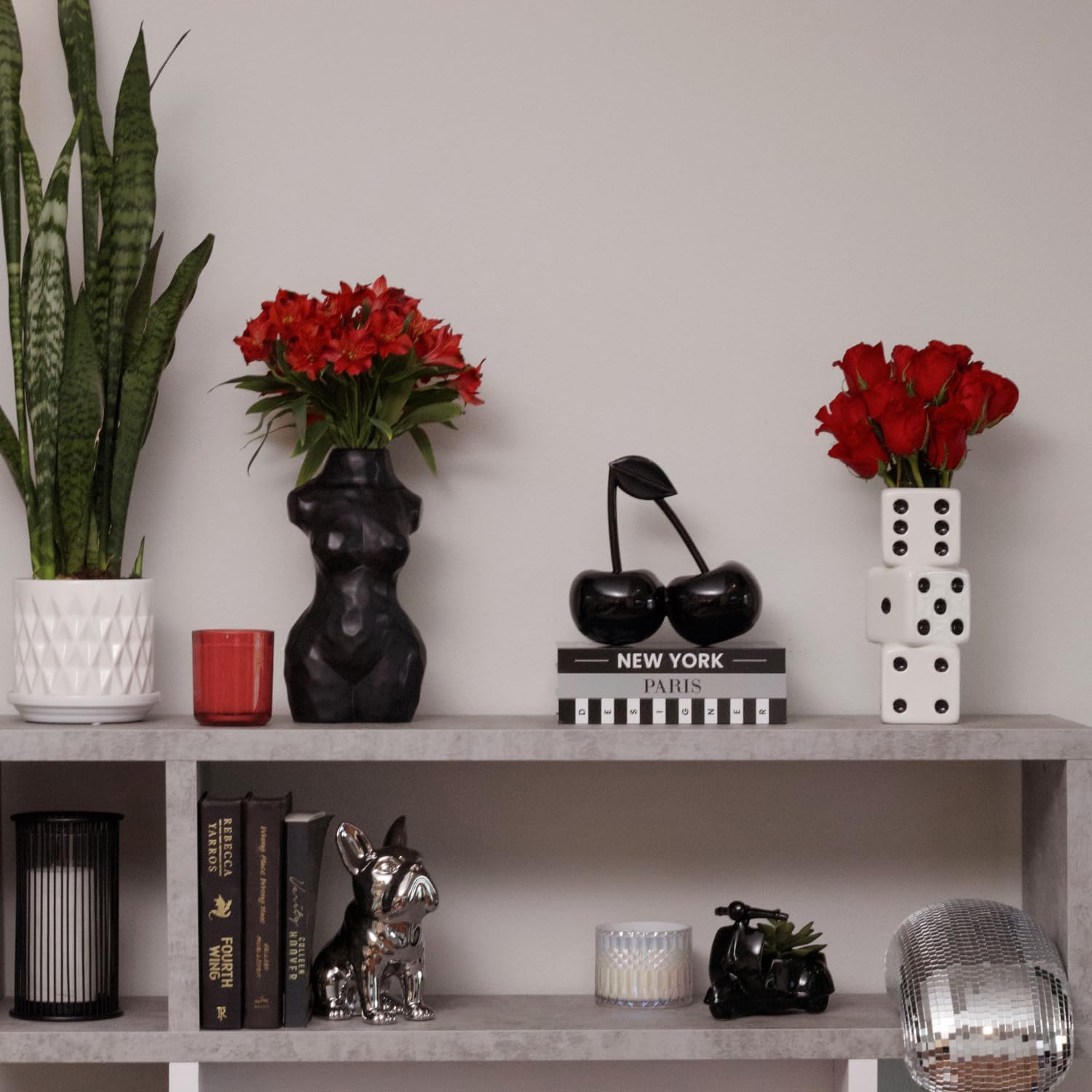Best Wall Decor Ideas Without Hanging a Bunch of Photos
Discover creative wall decor ideas that go beyond photo frames, add texture, art, and personality to your space in fresh new ways.
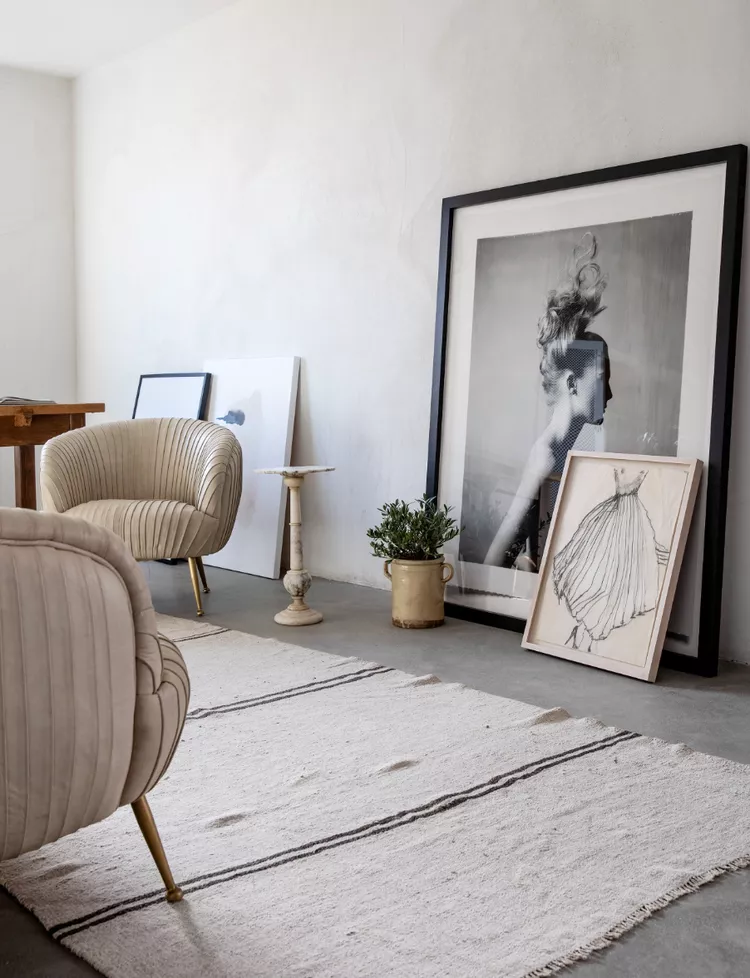
When it comes to home décor, walls are often treated like a gallery of memories, lined with family photographs and framed snapshots. And while photo walls certainly hold sentimental value, not everyone wants their space dominated by pictures. Whether you’re designing a minimalist sanctuary, a contemporary loft, or simply looking for something more inventive, there are countless ways to decorate your walls without hanging photos.
From textures and natural elements to lighting and bold design statements, here are 15+ beautiful, non-photo wall décor ideas that prove your walls are a canvas waiting to be explored.
1. Statement Art Pieces
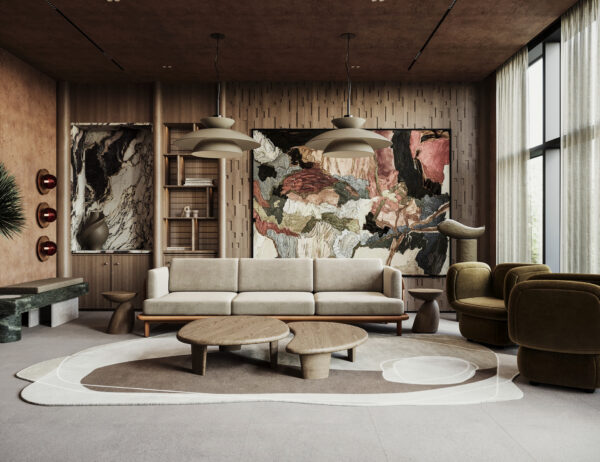
One of the most effective ways to bring life to a bare wall is by introducing a large, statement art piece. This could be a painting, an abstract canvas, or a fine art print that resonates with your personal style or complements your interior theme.
A single oversized artwork draws the eye and establishes a strong visual anchor in the room without the need for multiple frames.
Choosing a bold or colorful piece can also introduce contrast and depth, especially in neutral or monochrome spaces. Positioning is important: ensure the art is hung at eye level and appropriately scaled to the wall. Leaning a large piece against the wall can create a more relaxed, modern aesthetic.
2. Create a Focal Point
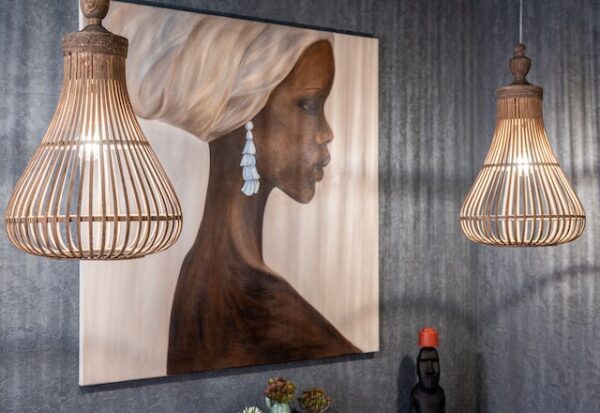
Every room benefits from a defined focal point, a visual feature that draws attention and sets the tone for the space. If you choose a wall to serve this purpose, you can design it to stand out through a variety of non-photo methods. For example, a custom wall paneling treatment, a bold paint color, or even a distinct architectural element like a fireplace or built-in niche can serve as an anchor.
You might also install an eye-catching installation like a sculptural light fixture, large-scale art, or even an asymmetrical bookcase. The key is intentionality. Think about how the focal point relates to the overall layout and flow of the room. When executed thoughtfully, a focal wall becomes a conversation piece and a central element of the room’s personality.
3. Wall Tapestries and Fabric Hangings
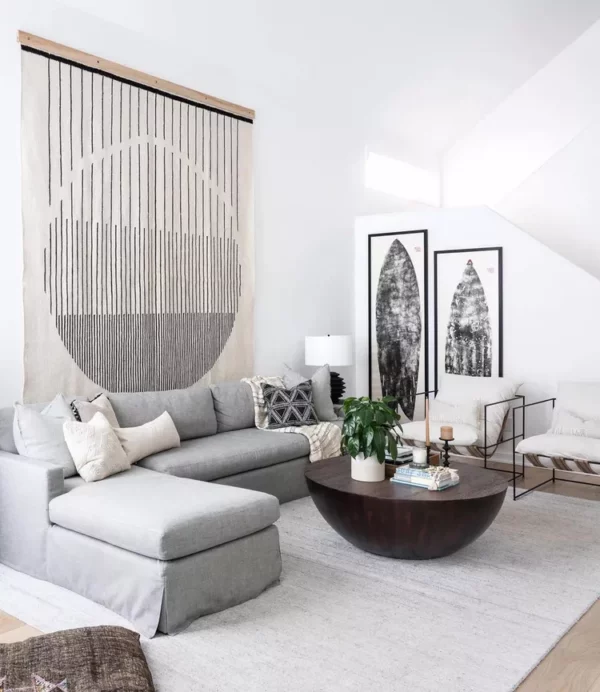
Textile art is an excellent way to add texture, warmth, and cultural interest to a space. Wall tapestries, macramé hangings, and woven textiles come in a wide variety of patterns, colors, and materials, allowing you to tailor the design to your preferences. These fabric hangings offer a softer alternative to hard-framed images and are especially effective in creating a cozy, layered look.
From bohemian styles with intricate knots to more minimalist Scandinavian-inspired weaves, fabric art can be both decorative and acoustically functional. Larger tapestries can act as dramatic backdrops behind beds or sofas, while smaller weavings make wonderful accent pieces in tighter spaces.
4. Floating Shelves with Decorative Objects
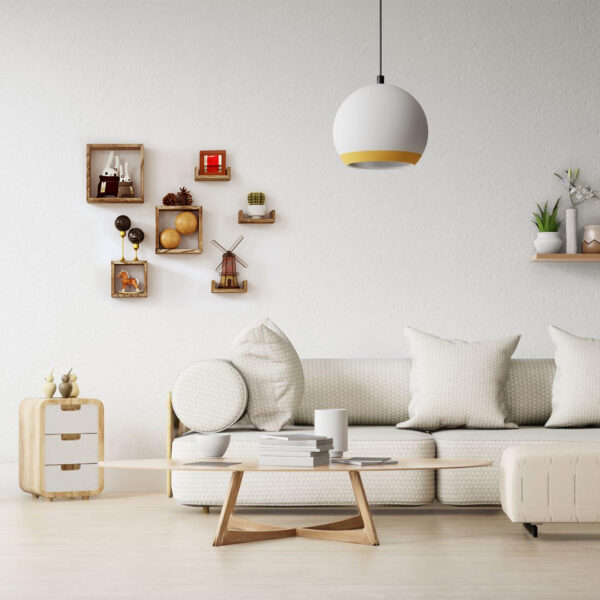
Floating shelves provide both storage and aesthetic appeal, making them a practical yet stylish solution for wall decor. Instead of displaying photos, use these shelves to curate a collection of meaningful objects such as vases, sculptures, candles, small plants, or favorite books. The key to success is balance and intentionality, select items of varying heights, textures, and materials to create visual interest.
Arrange them in groupings that feel cohesive but not overly symmetrical. Incorporating organic elements, like driftwood or ceramics, can bring warmth and a sense of nature indoors. Rotating objects seasonally or periodically also keeps the space feeling fresh and dynamic.
5. Statement Mirrors
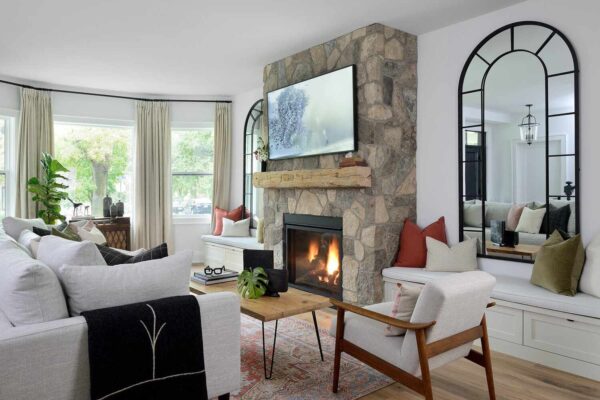
Mirrors are an elegant and functional addition to wall decor that go far beyond their reflective utility. They can visually expand a space, enhance lighting by bouncing it around the room, and act as standalone decorative elements. Whether you opt for a large floor mirror, a set of small mirrors in different shapes, or a vintage-style mirror with an ornate frame, mirrors add dimension and sophistication.
When placed thoughtfully, such as opposite a window, they can maximize natural light and create a more open, airy atmosphere. Round mirrors are particularly effective in softening angular furniture layouts, while geometric or sunburst designs introduce a sculptural element.
6. Play with Light and Shadow
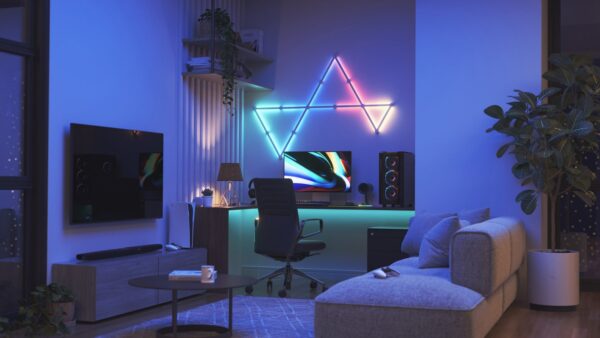
Lighting can be as artistic as any framed piece, and in many ways, even more dynamic. Use wall-mounted sconces, LED light strips, or up lighting to highlight architectural details, create mood, and emphasize textures.
You might also consider light projection art or shadow installations, where light sources and physical structures interact to cast changing patterns across the wall. The interplay between light and form makes the space come alive, especially in the evening.
7. Use It as a Blank Canvas
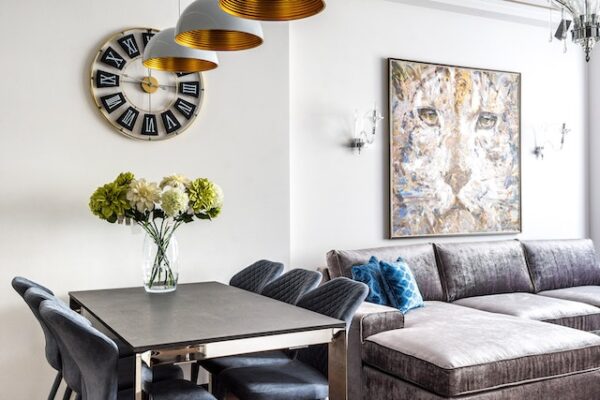
Sometimes, the most powerful design choice is restraint. Rather than rushing to fill a wall, consider embracing its openness as an intentional part of your interior aesthetic. A blank wall can act as a visual breather, especially in a space that already contains strong architectural features, bold furniture, or rich textures.
It allows other design elements to stand out and creates a sense of calm and balance. You can also treat it as a literal canvas by adding subtle finishes, such as a textured plaster, limewash paint, or soft Ombre tones, that provide depth without requiring objects or artwork
8. Vertical Gardens and Wall-Mounted Planters
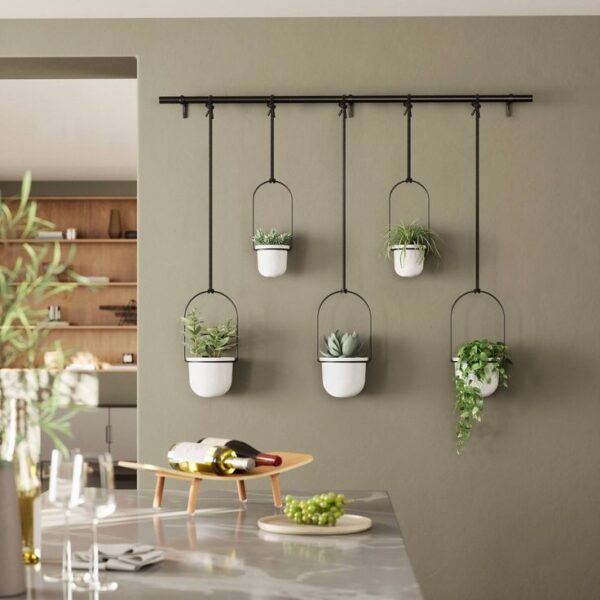
Bringing greenery into your home is not only visually appealing but also beneficial for well-being. Vertical gardens or wall-mounted planters offer an innovative way to decorate your walls while incorporating nature into your living environment. Options range from simple modular planters to more elaborate green walls with integrated irrigation systems.
Herbs, trailing plants, or succulents can all thrive in vertical arrangements with proper lighting. These installations are particularly suitable for urban homes or apartments with limited floor space. Even faux plant walls can provide the lush look of greenery without maintenance.
9. Sculptural Wall Art and 3D Installations
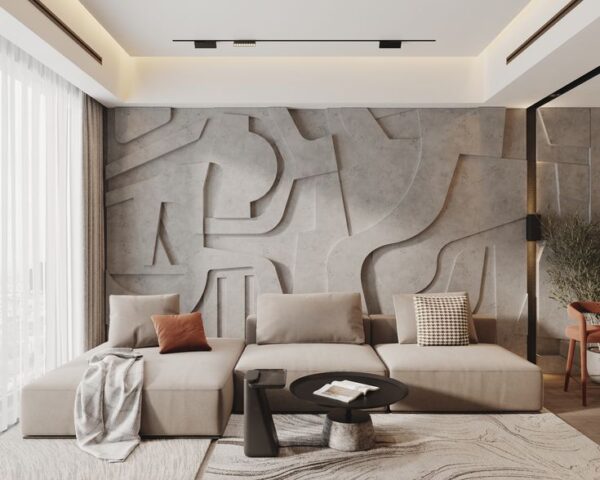
Three-dimensional wall art brings a sculptural quality that flat images simply cannot achieve. Whether crafted from metal, wood, resin, or ceramic, these pieces add texture, depth, and artistry. Look for works that align with your design theme, for instance, abstract metalwork for modern interiors, or hand-carved wooden elements for rustic or traditional spaces.
Many 3D artworks are modular, allowing you to create custom compositions across the wall. These installations can serve as a bold centerpiece or complement existing furnishings. Because of their tactile nature, they invite a closer look and lend a gallery-like quality to residential spaces.
10. Incorporate an Oversized Clock
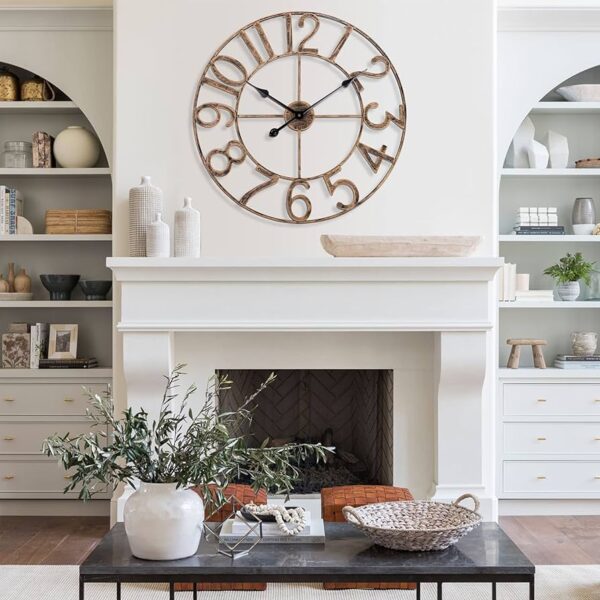
An oversized clock is both functional and visually striking, making it a fantastic alternative to traditional photo arrangements. These pieces work particularly well in living rooms, kitchens, or dining areas where people naturally gather and timekeeping is practical. Design-wise, large clocks can range from vintage-inspired designs with Roman numerals to ultra-modern minimalist versions.
The key is selecting a clock that complements your interior style while offering a bold focal point. Because of its scale, a large clock naturally draws the eye and fills space effectively without requiring additional items.
11. Open Up the Space with a Window
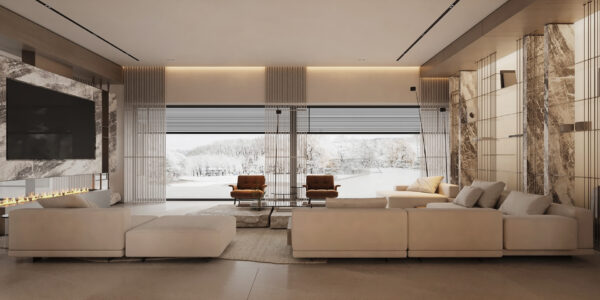
If your layout allows for it, installing a window, or even a faux window element like a mirror designed to look like one, can dramatically change how a wall interacts with the rest of the room. A window invites natural light, offers views, and can create the illusion of a larger, more open space.
For interior walls, consider glass partitions or transom windows to increase light flow between rooms while maintaining privacy. In rooms where adding a real window isn’t possible, mirrors with windowpane frames or lightboxes simulating outdoor scenes can deliver a similar sense of openness and relief.
12. Layer Art and Books
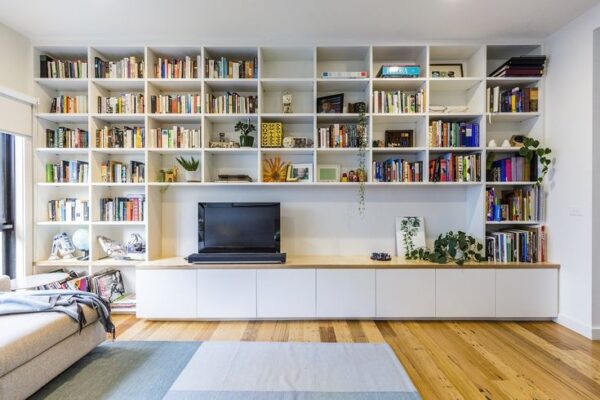
Image Source: Foyr
Combining art and books in a layered arrangement is a sophisticated and highly personalized way to decorate a wall. This technique works beautifully on floating shelves, bookcases, or even narrow ledges mounted directly to the wall. The idea is to stack and lean art pieces alongside or in front of books, creating a curated, organic display that reflects both your taste and interests.
Mixing vertical and horizontal book arrangements adds rhythm and movement, while the varied textures of book covers and art frames bring depth and richness. You can incorporate small objects, candles, or vases for added dimension. This method not only fills a wall elegantly but also allows for easy changes over time, simply swap out artwork or add a new favorite title to refresh the look seasonally or as your tastes evolve.
13. Use Wallpapers for Visual Texture
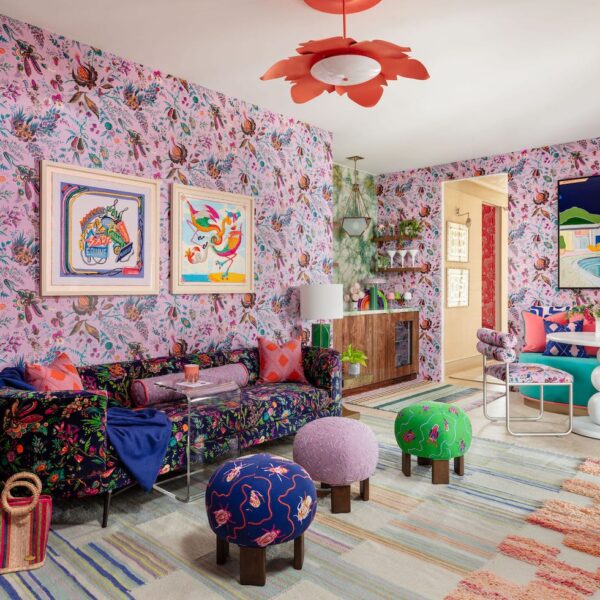
Wallpaper is a powerful design tool that can instantly transform a wall from blank to breathtaking. Unlike paint, which offers a flat finish, wallpaper introduces texture, pattern, and sometimes even tactile dimension. From classic floral prints and geometric patterns to bold murals and subtle textures like grass cloth or linen weave, wallpaper allows you to express your aesthetic in a very deliberate way.
Whether you choose to cover an entire room or just one statement wall, it adds depth and interest without requiring any additional decor. For renters or commitment-averse decorators, peel-and-stick wallpapers are an excellent alternative that’s both stylish and easy to remove.
14. Install a Wall Sconce
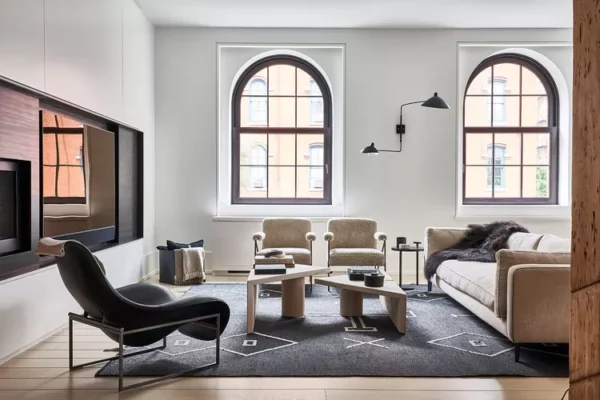
Wall sconces offer more than illumination, they’re decorative accents in their own right. These fixtures come in a variety of styles, from traditional and ornate to sleek and contemporary, allowing them to enhance the design narrative of any room. Strategically placed, sconces can highlight architectural features, frame a mirror or artwork, or simply add a gentle ambient glow to the space.
They’re especially effective in areas where table or floor lamps might feel cumbersome, such as hallways, bedrooms, or bathrooms. Choosing sconces with sculptural or artistic designs can turn them into statement pieces even when they’re not in use.
15. Lean Art Against the Wall for a Relaxed Look
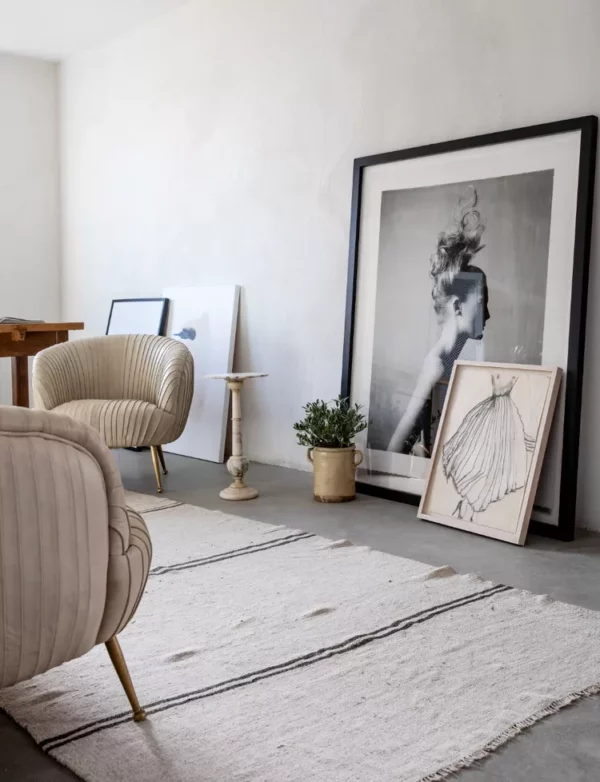
Leaning art against the wall, rather than hanging it, is a simple yet impactful way to achieve a more relaxed, contemporary aesthetic. This method works beautifully with large-scale pieces placed directly on the floor or smaller works arranged on console tables, bookshelves, or mantels.
It softens the formality of framed artwork while still allowing you to showcase your favorite pieces. Leaning art also offers flexibility, making it easier to swap pieces out or adjust arrangements as your tastes change. Additionally, layering multiple pieces together, some overlapping, others slightly tilted, can create a casual, gallery-like effect that feels thoughtfully styled but not overly rigid.
16. Mix Mediums for Visual Interest
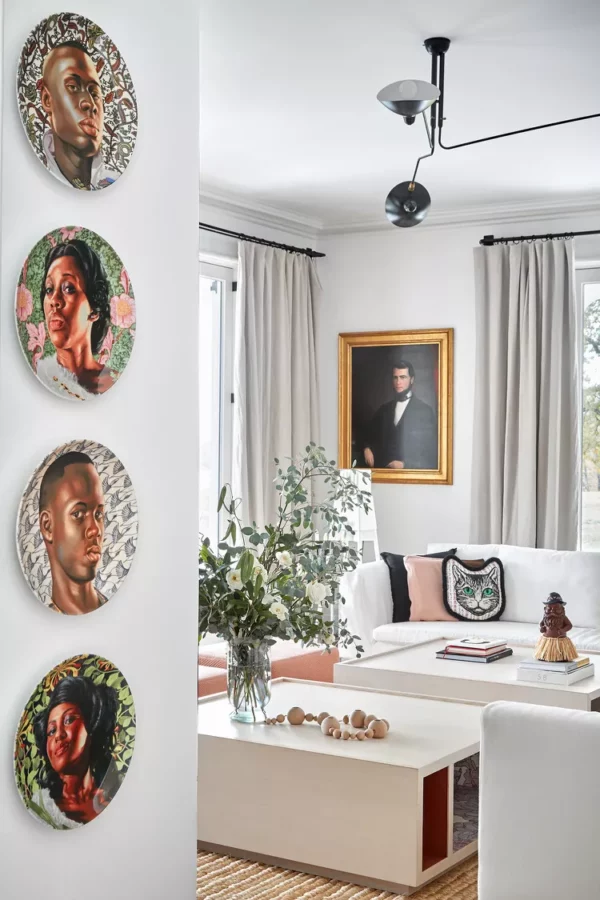
Combining different materials and artistic formats on a single wall creates a rich, layered look that captures attention and adds personality. Rather than sticking to one medium, such as all canvas prints or only wood elements, consider mixing metal, fabric, ceramic, glass, and even natural materials like stone or rattan. For example, you could pair a metal wall sculpture with a textile hanging and a small shelf holding a ceramic vase. This technique works well in eclectic or transitional interiors, where blending styles and textures creates a cohesive yet dynamic feel
Finishing Notes
Whether you opt for sculptural elements, greenery, mixed materials, or thoughtfully layered objects, each approach offers a unique opportunity to express your style while enhancing the overall aesthetic of your space.
At Home Designing, we believe that every design decision, no matter how subtle, contributes to the larger narrative of your home. Walls should not be seen as mere backgrounds, but as active participants in your interior story. By choosing decor that aligns with your lifestyle, complements your architecture, and reflects your personality, you turn empty walls into integral parts of your home’s design language.




![The Free-to-Play Eerie Puzzle Title ‘The Mr. Rabbit Magic Show’ Celebrates 10 Years of Developer Rusty Lake [Trailer]](https://bloody-disgusting.com/wp-content/uploads/2025/04/rabbitmagic.jpg)
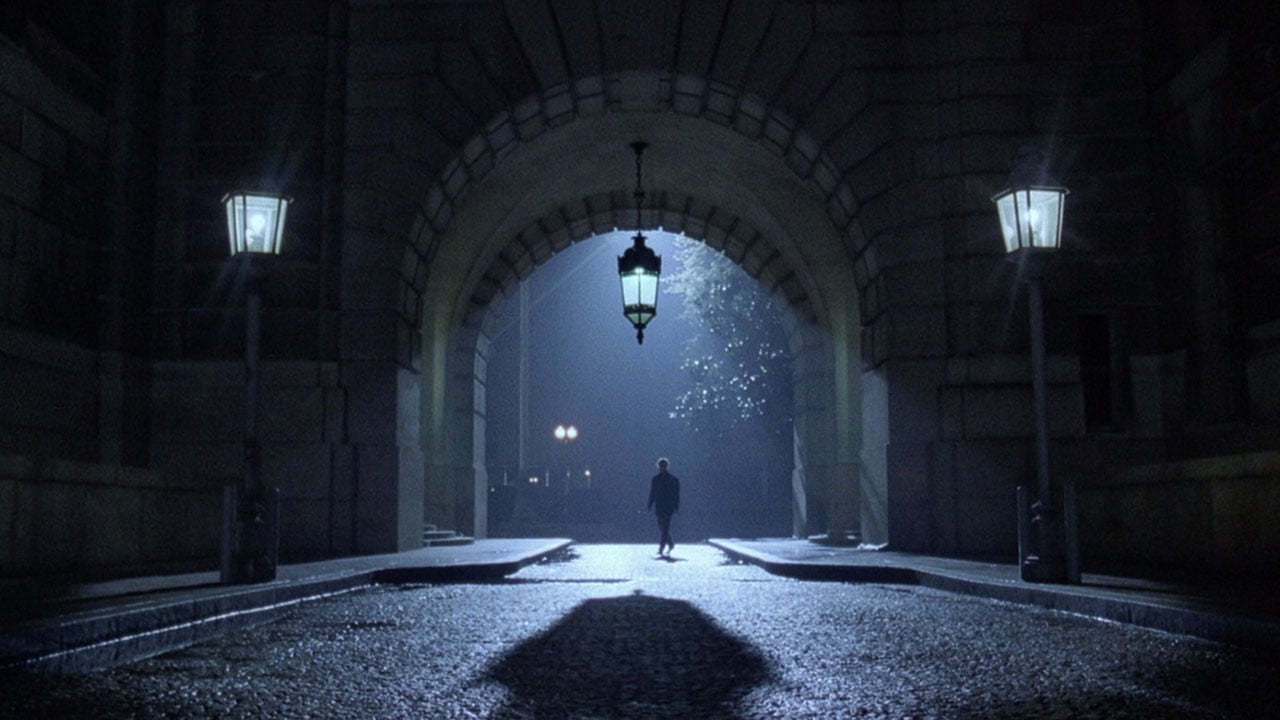

![Griffin Ced Discusses Witchcraft, Covens, Curses and Founding the Ced Tradition [Interview]](https://bloody-disgusting.com/wp-content/uploads/2025/04/Griffin-Ced-1.jpg)




















































































































![Book Through Chase Travel and Save $100 [Targeted]](https://boardingarea.com/wp-content/uploads/2025/04/02a35dcfa9f14309da877b93689a4e9a.png?#)






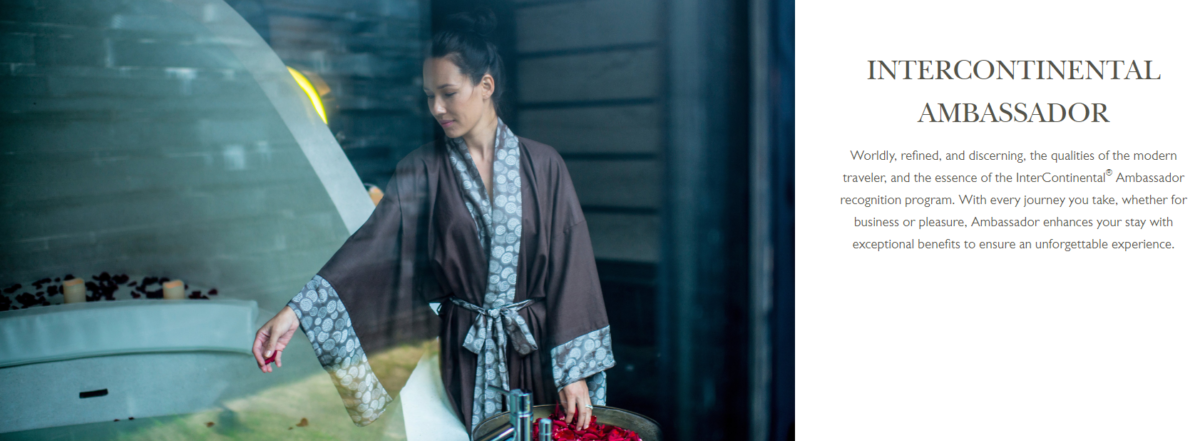






























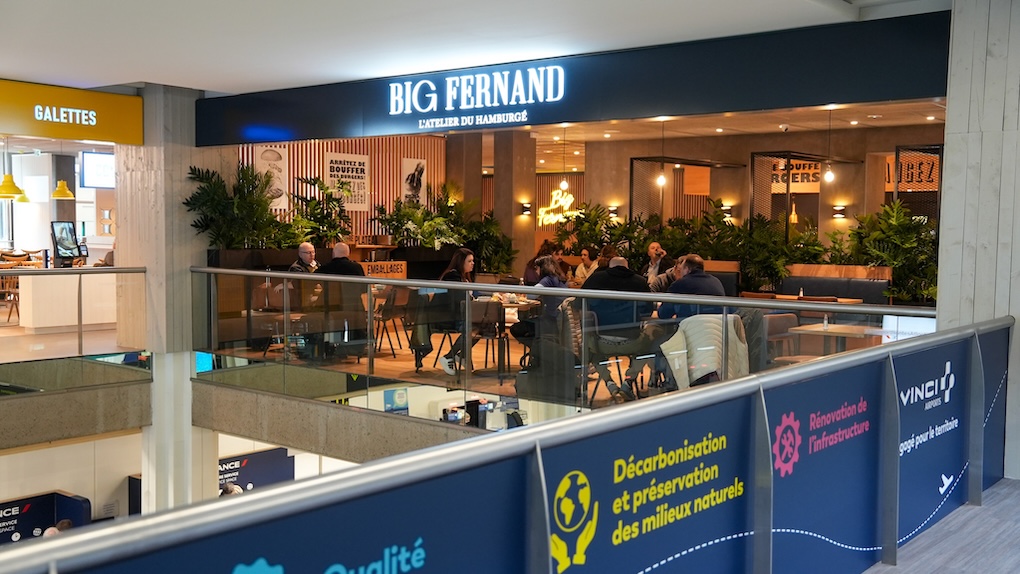


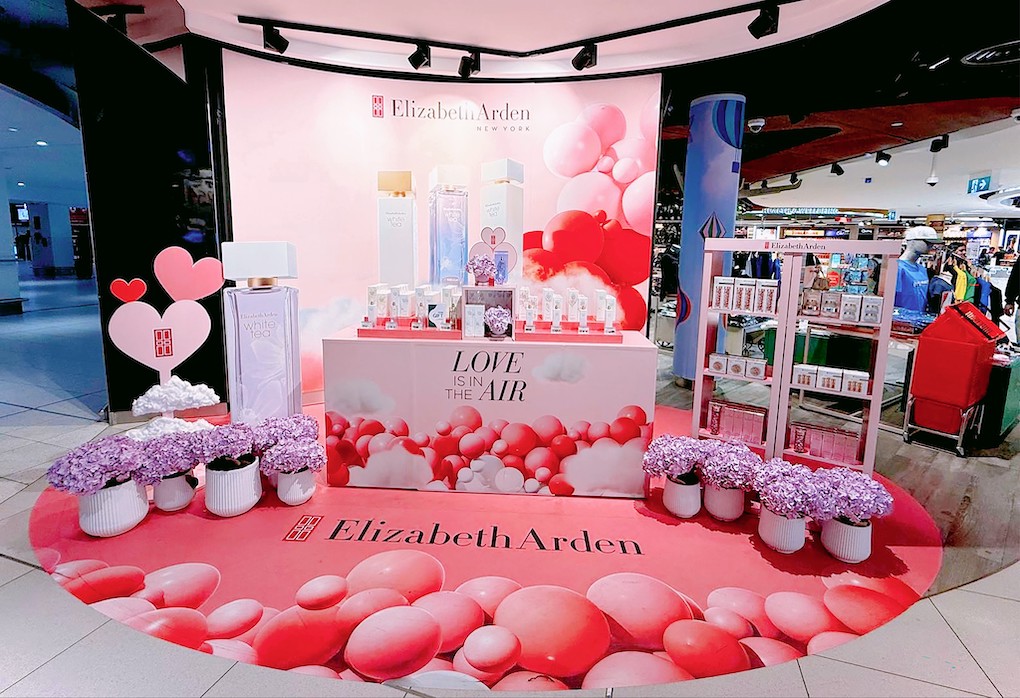



































![Kyoto Hotel Refuses To Check In Israeli Tourist Without ‘War Crimes Declaration’ [Roundup]](https://viewfromthewing.com/wp-content/uploads/2025/04/war-crimes-declaration.jpeg?#)
